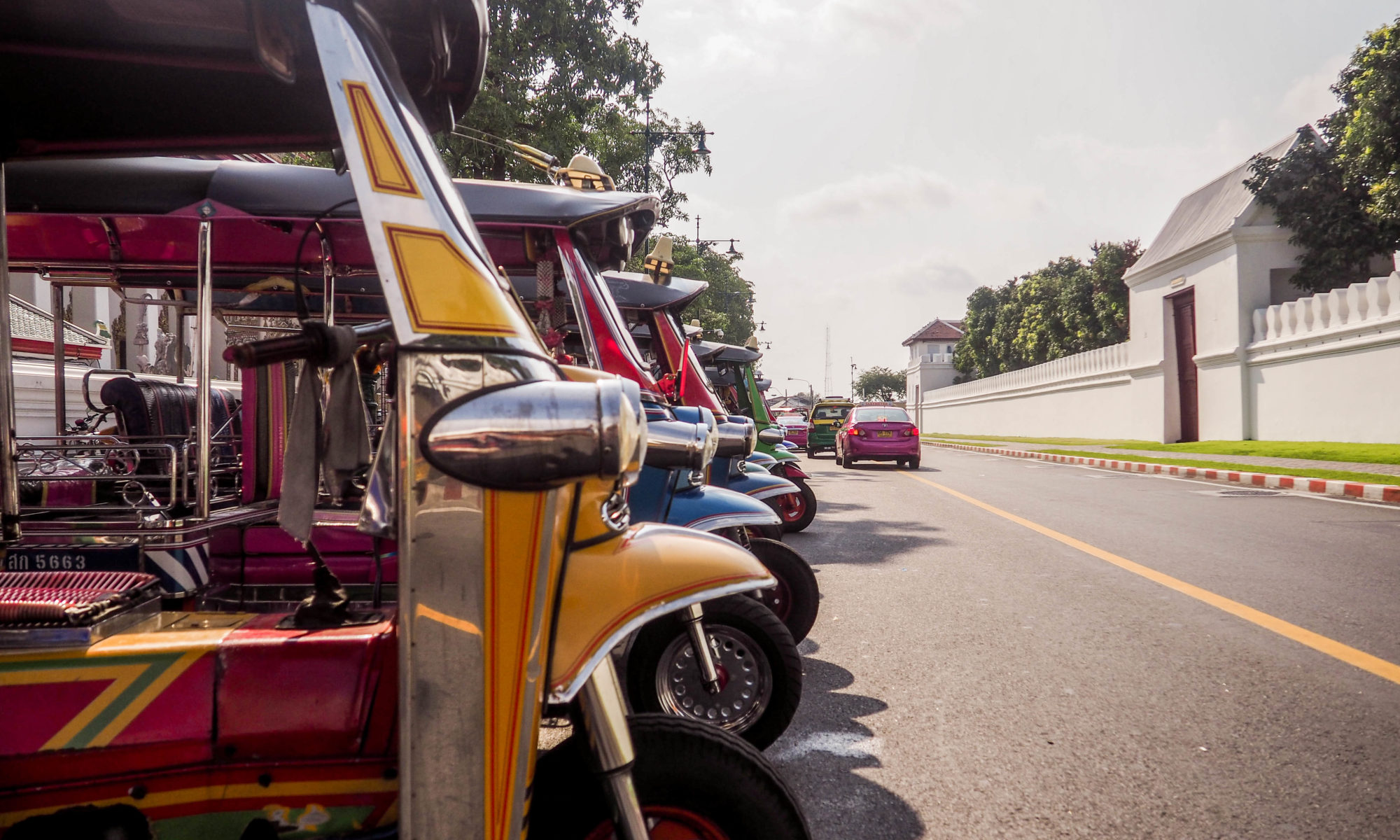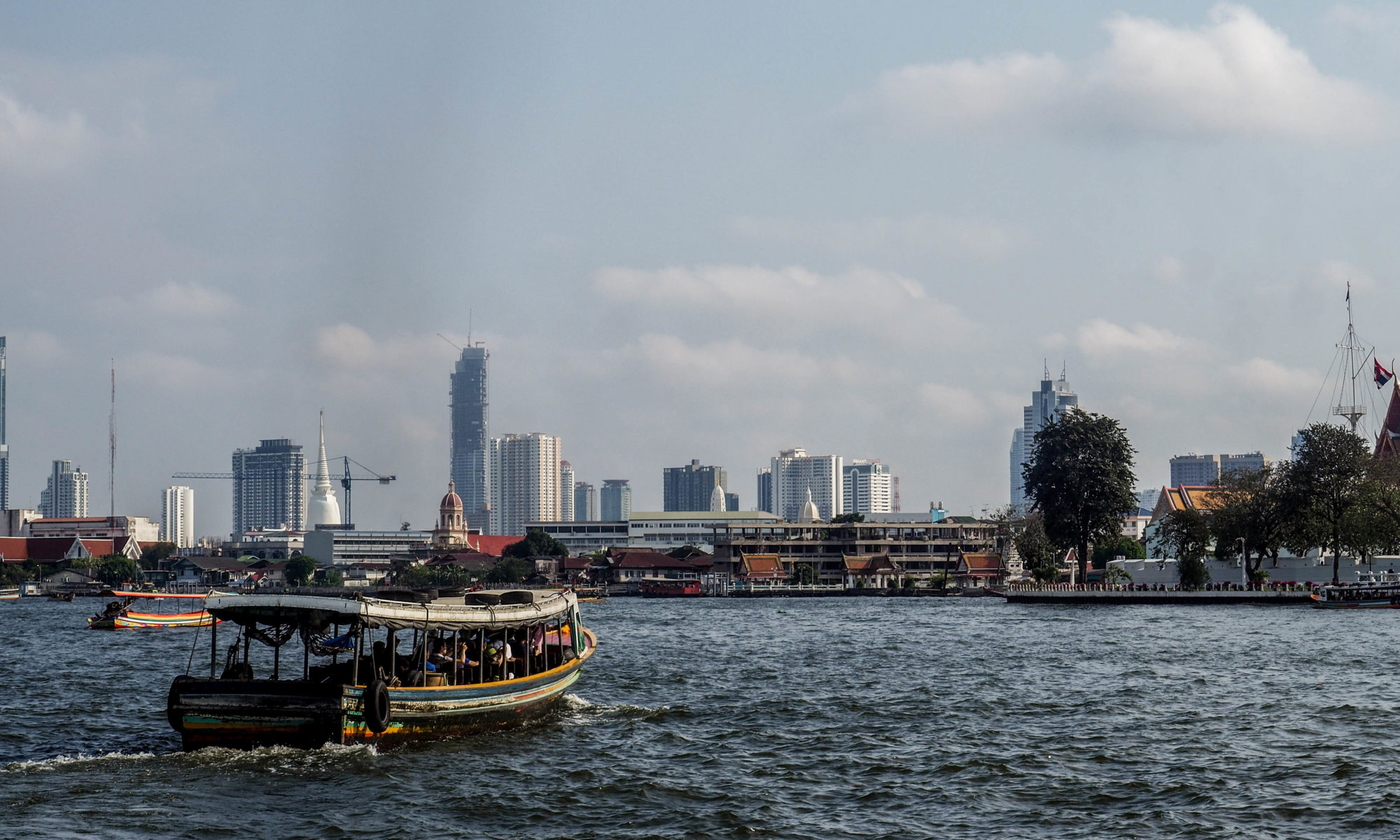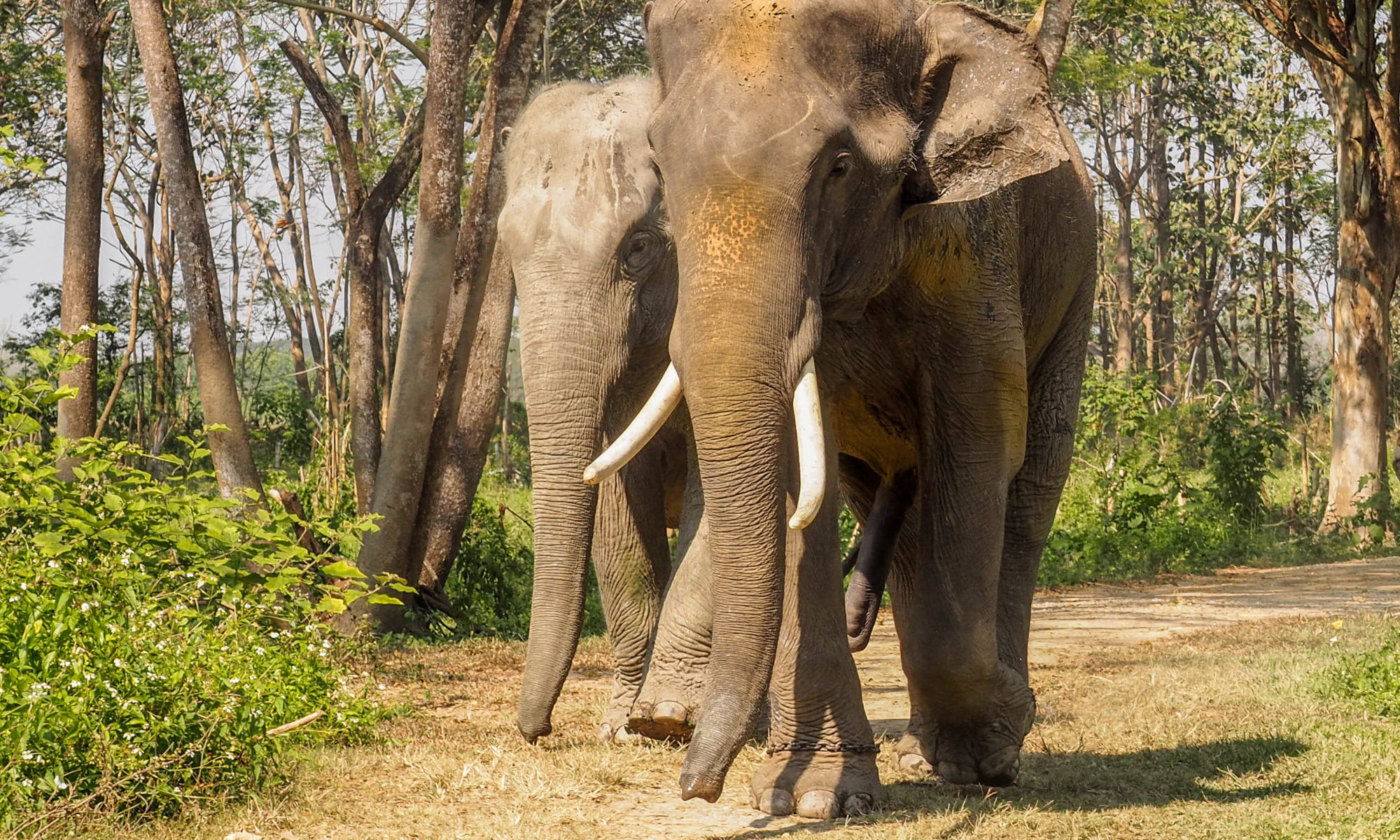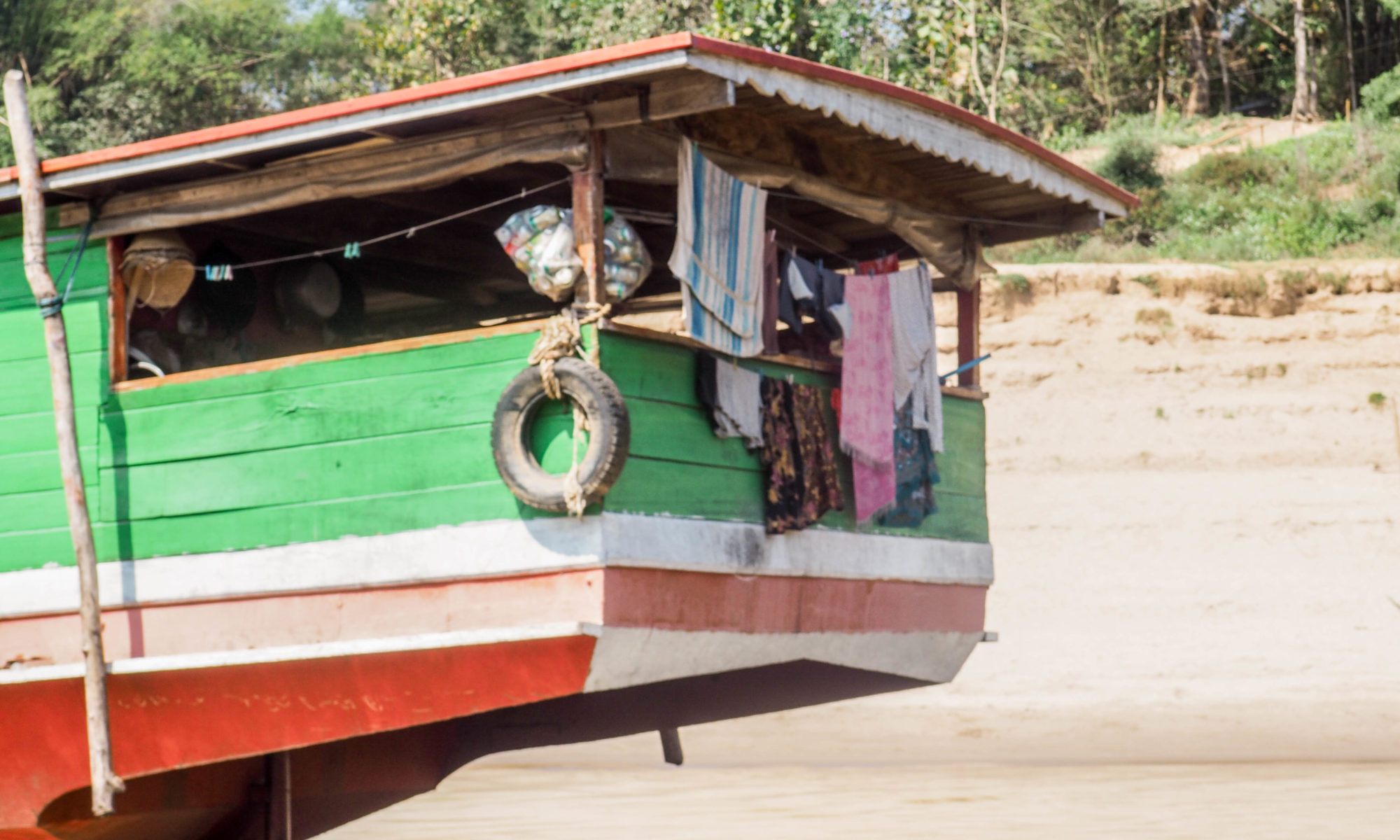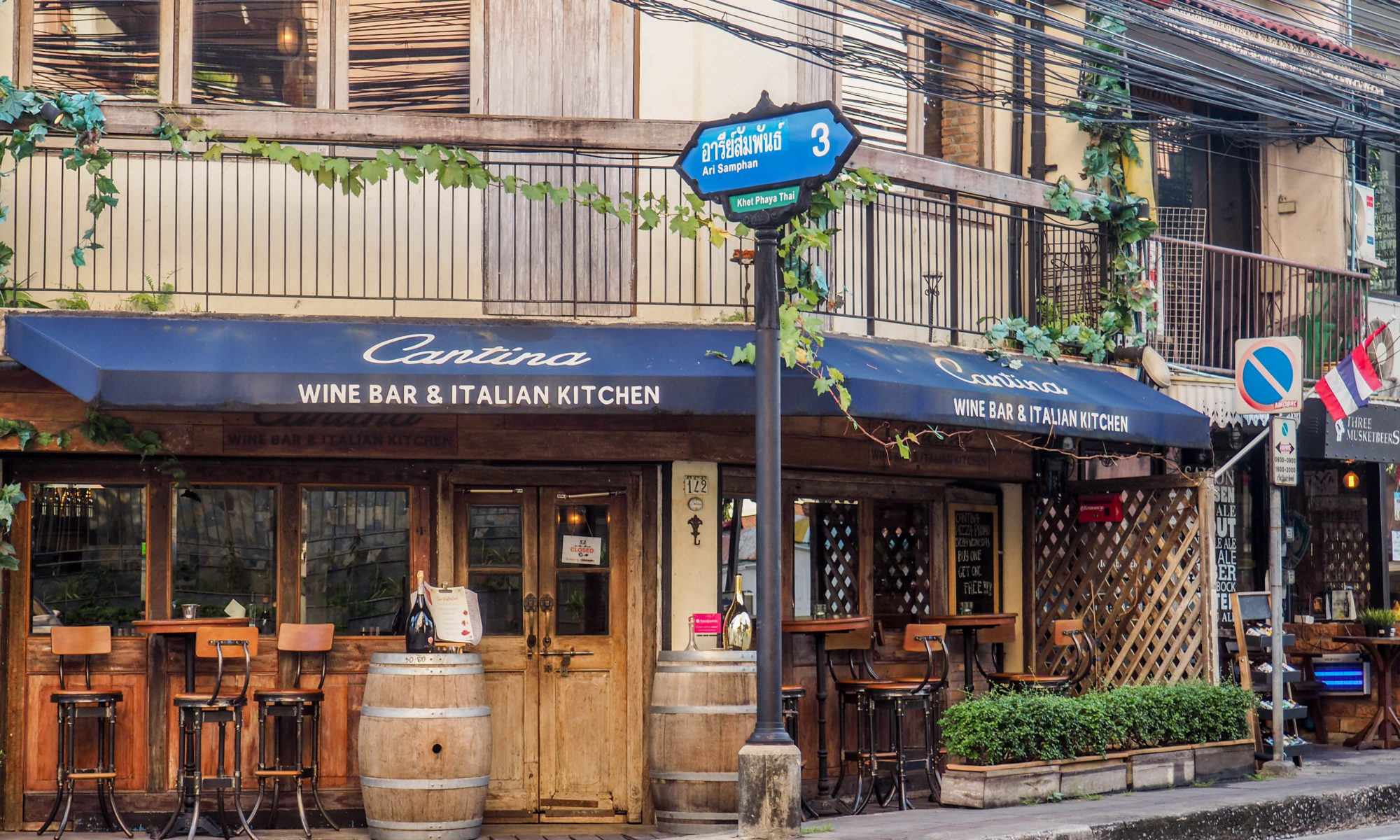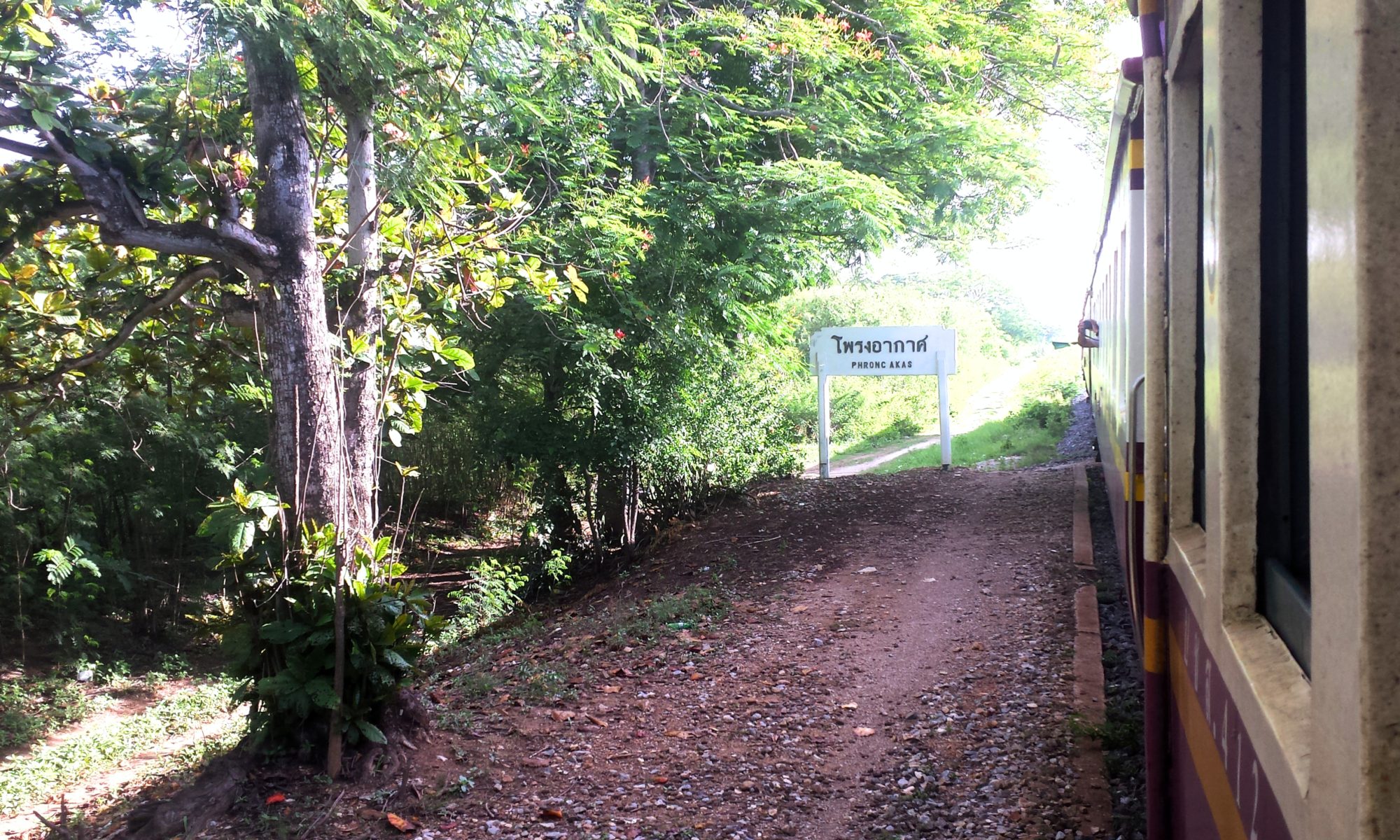Bangkok, the bustling capital of Thailand is not only the prime entry-point for people visiting the country but doubles as a travel hub from which to travel to its neighbouring countries Laos, Myanmar and Cambodia. If you like to explore South East Asia, it’s almost impossible to not go there, at least once. But what should you visit on your second trip when you have already seen its most famous highlights? Fear not, we’ve got you covered. Continue reading “Revisiting Bangkok”
Bangkok: the complete guide for your first visit
Bangkok, the capital of Thailand is one of the most exciting cities in South-East Asia. And after having visited for 5 times, I still haven’t even seen half of it. With countless of beautiful temples, amazing and bizarre nightlife and delicious street food on every corner, it is hard not to find anything you love in this city. But Bangkok is also big, the city alone has more than 8 million citizens, and if you don’t have any plan its easy to get lost in all its chaos. I am here to make sure you don’t. If you are visiting Bangkok for the first time, this article is a must-read.
Continue reading “Bangkok: the complete guide for your first visit”
Visiting an Elephant Sanctuary in Thailand
The debate on whether or not to ride an elephant in Thailand has been going on for the last two decades, but most people these days tend to agree that you shouldn’t. Not only does the small carriage on the animal’s back causes it physical pain. The beatings and ‘training’, which basically comes down to mentally breaking the animal, necessary for elephants to allow strangers to ride them, is extremely traumatic, both physically and emotionally. The most obvious alternative, visiting an elephant sanctuary, is becoming increasingly popular. But are these really that ethical? And which one to choose from the dozens of different centres?
– Elephant riding –
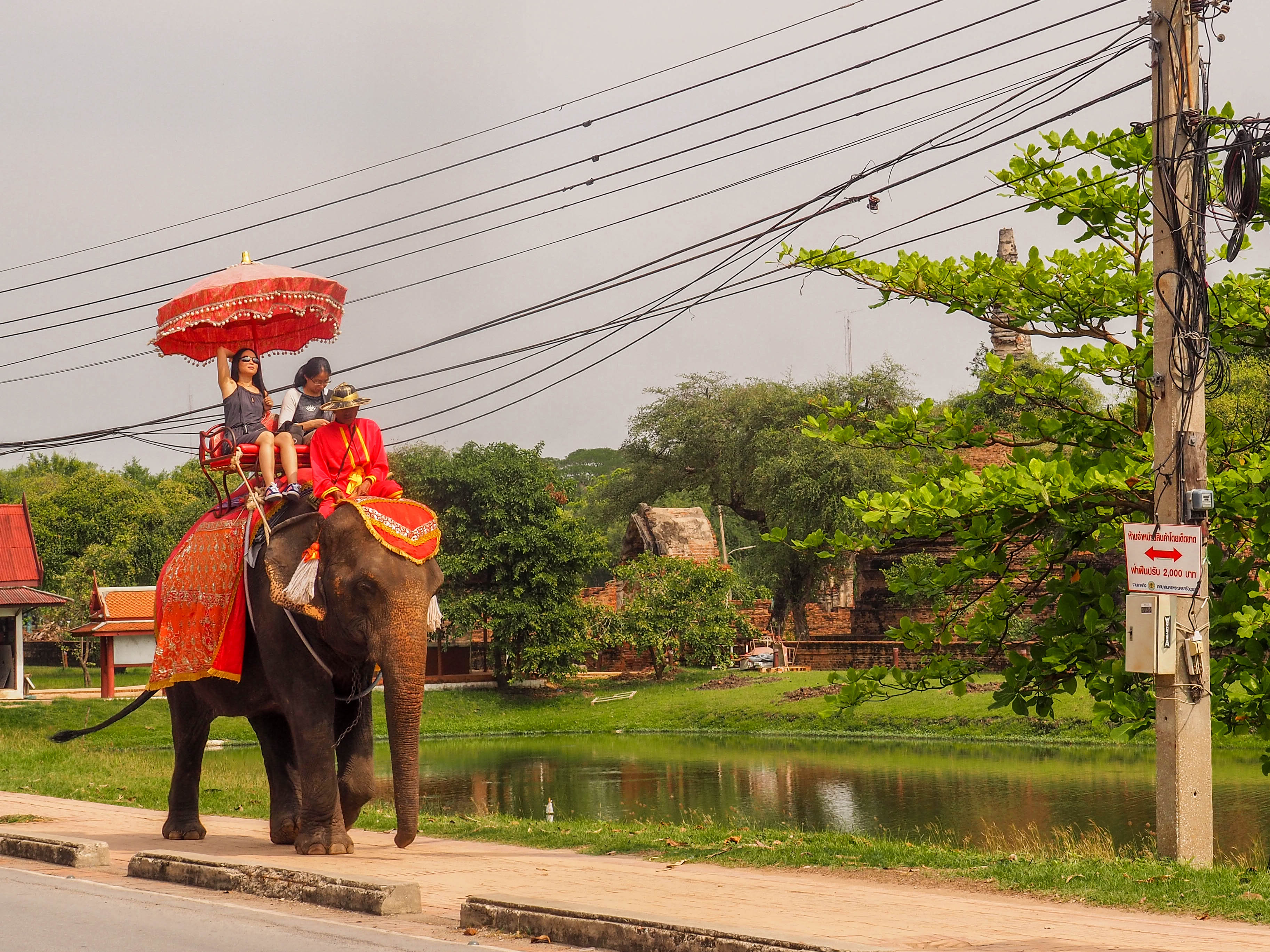
First of all, I feel I cannot write a piece about elephant sanctuaries without first delving into the topic of riding an elephant. Let me start with a confession: I have actually ridden an elephant. I am not proud of it, but that does not make it less true. At that time, back in 2005, I was still a child and I was visiting Thailand for the first time, with my family. We were not aware of the strain it caused the elephants nor the ‘training’ they must endure. The organisation we booked the tour with claimed to work with elephants that were rescued from the logging industry and now could lead a happy life by walking around with tourists on their back. In hindsight, I am not sure whether this was true, but even if it was, that doesn’t make the activity ethical.
Phajaan, breaking an elephant’s spirit
In order to render elephants to submit to their human trainers, they must undergo a process that is called ‘Phajaan’. It basically comes down to breaking the spirit of the animal. The process has been executed for centuries in Thailand and is still used in the logging industry, where elephants are used instead of heavy machinery. Baby elephants get taken away from their family and submitted to months of physical and emotional torture. Eventually, they get ‘saved’ by their Mahout, which is how the special bond between an elephant and its Mahout comes into existence. If you want to learn more about it, One Green Planet did a piece about it, but I warn you: it is heartbreaking and the accompanying videos are graphic.
Working in the logging industry is very traumatic for elephants. They have to work long days under great physical and emotional stress and are often being underfed. While the first tour-companies that offered elephant rides to tourist might actually have offered a better life for the elephants by rescuing them from the logging industry, the sad truth is that the elephant tourist industry got so popular that the process of Phajaan is now also being used to prepare elephants for a life in tourism.
Life in an elephant camp
Even though elephants that are used in the tourist industry are generally treated kindly during the daily hours, this might be a whole different story when the tourists return to their hotels. To control the animals ‘bull-hooks’ are used, a wooden pole with a hook that hooks into a ring in the elephant ears. A similar hook is used in the Phajaan, so just being around someone with a bull-hook already causes the elephant great stress.
The other problem is the riding itself. The elephant spine is not designed to support any type of weight. While a Mahout sitting on its neck might be okay, a small carriage on the top of its back is very painful and can lead to lasting injuries and the crippling of the animal.
Bottomline: don’t ride elephants. Ultimately the decision is up to everyone to make up their own mind, but there is a way better way to interact with these majestic creatures: visiting an elephant sanctuary.
– Elephant sanctuaries –
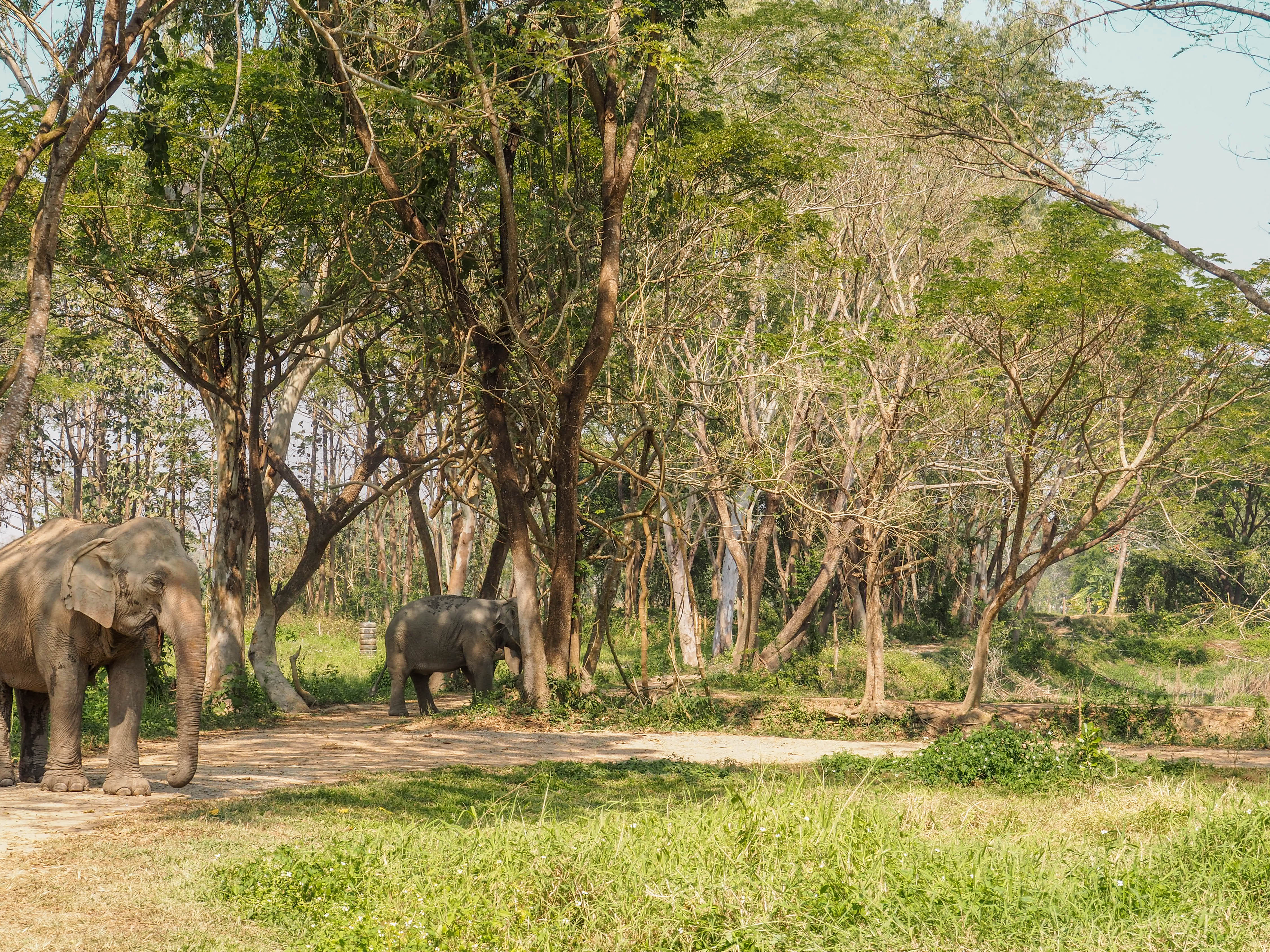
There are a lot of elephant sanctuaries out these so it might be hard to decide which one to visit. The vast majority of sanctuaries can be found in the Northern parts of the country, with Chiang Mai functioning as the ‘elephant sanctuary capital’ of Thailand.
The most well-known ethical elephant sanctuary is probably Elephant Nature Park. They offer day-visits for 2500 baht and longer visits with overnight stays for 5800 baht. It’s not cheap, but consider most money is going to rehabilitation and conservation of the elephants and their natural habitat. Cheaper alternatives can be found all around Chiang Mai. Most hostels and hotels will have some kind of arrangement with a sanctuary or a tour-agency and they all offer similar packages. Expect to pay something in the range of 1500 to 2500 baht.
Consider that cheaper sanctuaries will have to cut costs somewhere. This can (but doesn’t necessarily) mean that the elephants in these sanctuaries receive poorer care.
A day at an elephant sanctuary
A typical day-visit to an elephant sanctuary will start with you being picked up at your accommodation, driving to an elephant sanctuary and getting a tour of the facilities. You will then walk alongside with the elephants, and get to feed them. After the feeding, you’ll get to feed yourself, which is typically a buffet, or multiple-course meal with local Thai dishes. As with everywhere in Thailand, the food is probably delicious. After lunch, you’ll get to walk the elephants to a river or a pond where you can swim along with them or give them a mud-bath. You’ll get dropped off in the city sometime in the end of the afternoon/early evening.
How ethical is visiting an elephant sanctuary really?
Obviously, a day-visit like the one above is mindblowing. You’ll get to see the elephants up close and get to interact with them on a personal level. Feeding, hugging and playing with the animals will be great. It only takes a few minutes up close with these gentle giants to experience first hand how intricate their family-relationships are and how intelligent the animals themselves.
But I cannot help wondering how ethical these visits actually are. Being able to get up close with the elephants, hugging them and swimming with them means that the elephants still have to be submissive enough to humans to eliminate any danger to the visitors. Even though Asianic elephants (contrary to their African cousins) are known for their timid and gentle nature, absolute submissiveness can only be achieved by training them. As long as there are elephants to be rescued this will be no issue as these elephants will already be used to humans. It does, however, beg the question what happens when a baby elephant gets born in the sanctuary. Or when there are no elephants left to be rescued in the logging industry.
Another thing to think about is how natural the elephants’ behaviour really is when it constantly has to deal with humans all around it. Even though it might not be harmful to the creature, it is far from similar to its natural environment.
A different type of sanctuary
It is out of the question that elephant sanctuaries are a good thing. They are. They raise awareness for the mistreatment of the animals and they offer elephants a rescue from an otherwise very harsh life. At this point of time visiting any of them will leave you with an incredible experience, and at the same time will also be beneficial for the Asianic elephants.
But if we look beyond that, there might be an even better way of interacting with these creatures. A way to raise awareness, see the elephants up close and actively contribute to elephant conservation at large. At the moment there are only a few places that offer this kind of experience. Hopefully, there will be many more in the near future. Elephant Valley Thailand is one of them.
– Elephant Valley Thailand –
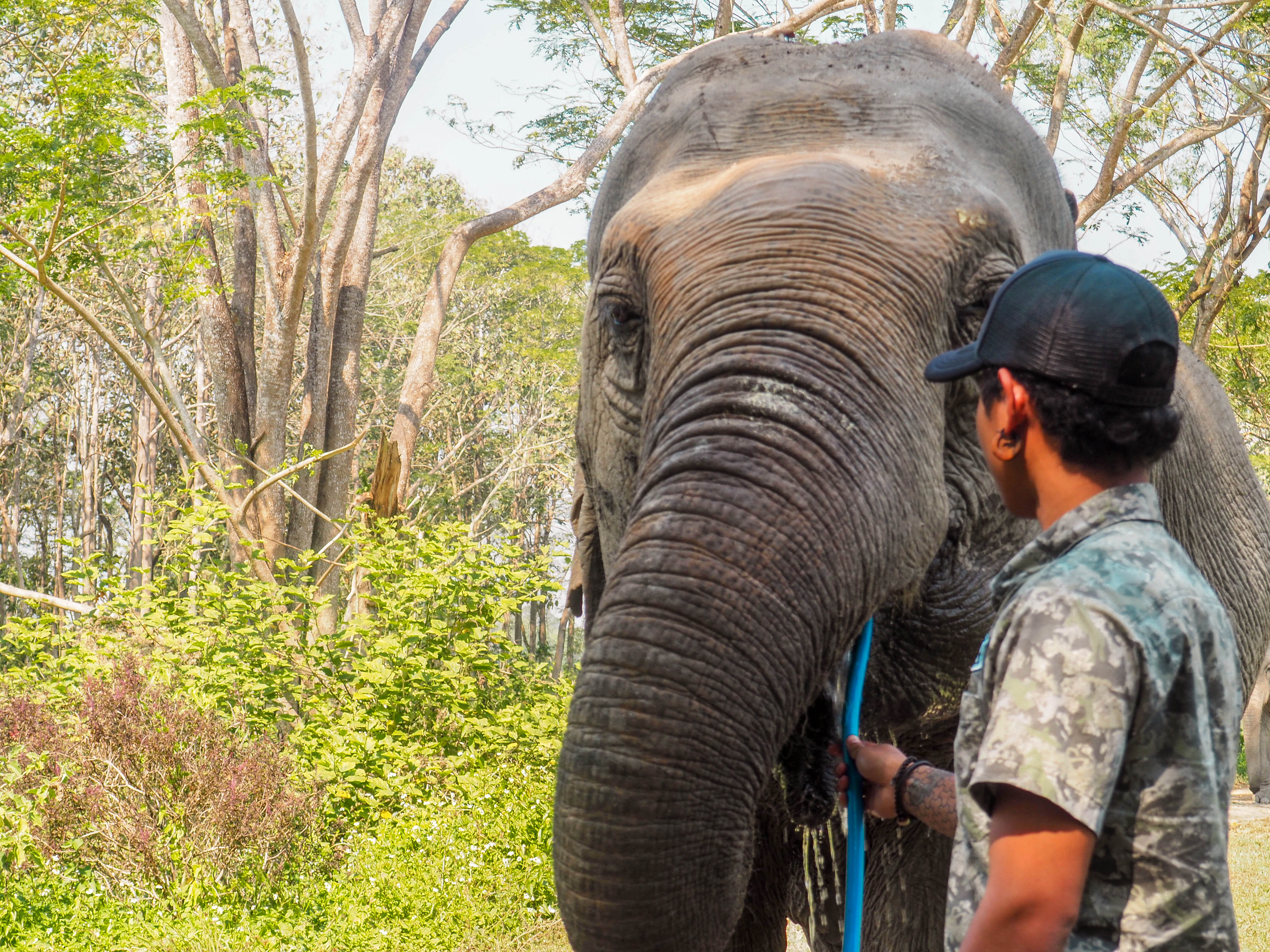
Elephant Valley Thailand is the second elephant sanctuary build by Jack Highwood (the first one is in Cambodia). It is located a couple of miles from the town of Chiang Rai, which is located 2 hours north of Chiang Mai, closer to the Lao border. It differentiates itself from most other sanctuaries by focussing entirely on providing the rescued elephants in its sanctuary the most natural setting possible. This also means that observing elephants here more closely resembles observing elephants in the wild. There is no bathing or swimming with elephants, and the feeding takes place from behind a wooden fence.
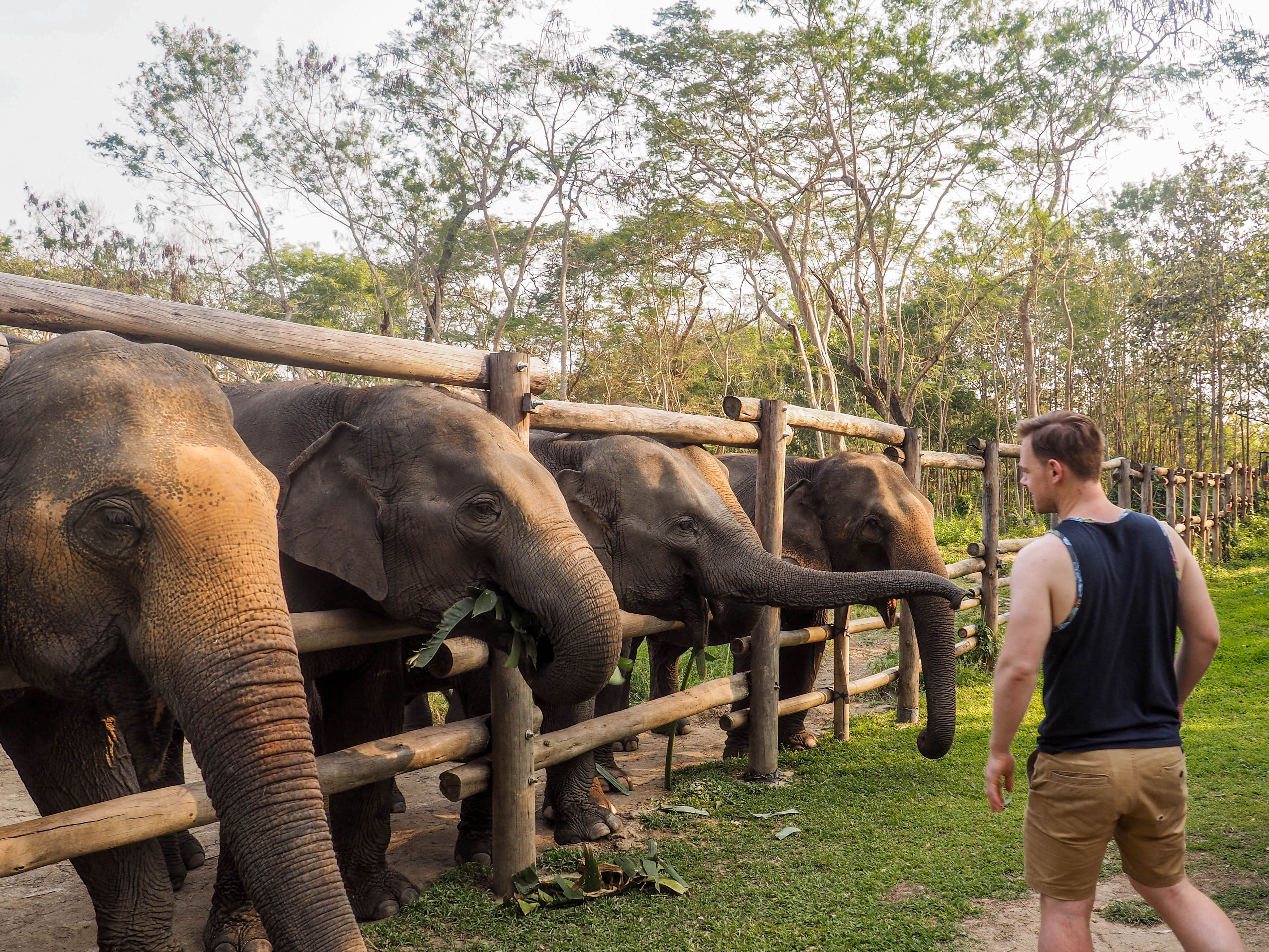
This all allows the elephants to determine themselves how much they want to interact or not. It also means the behaviour of the elephants is not altered by human presence, thus the experience is a whole lot purer and closer to nature. On top of this, this way of running an elephant sanctuary ensures that elephant encounters can also in the future exist without it impacting the elephants involved too much.
A half-day visit
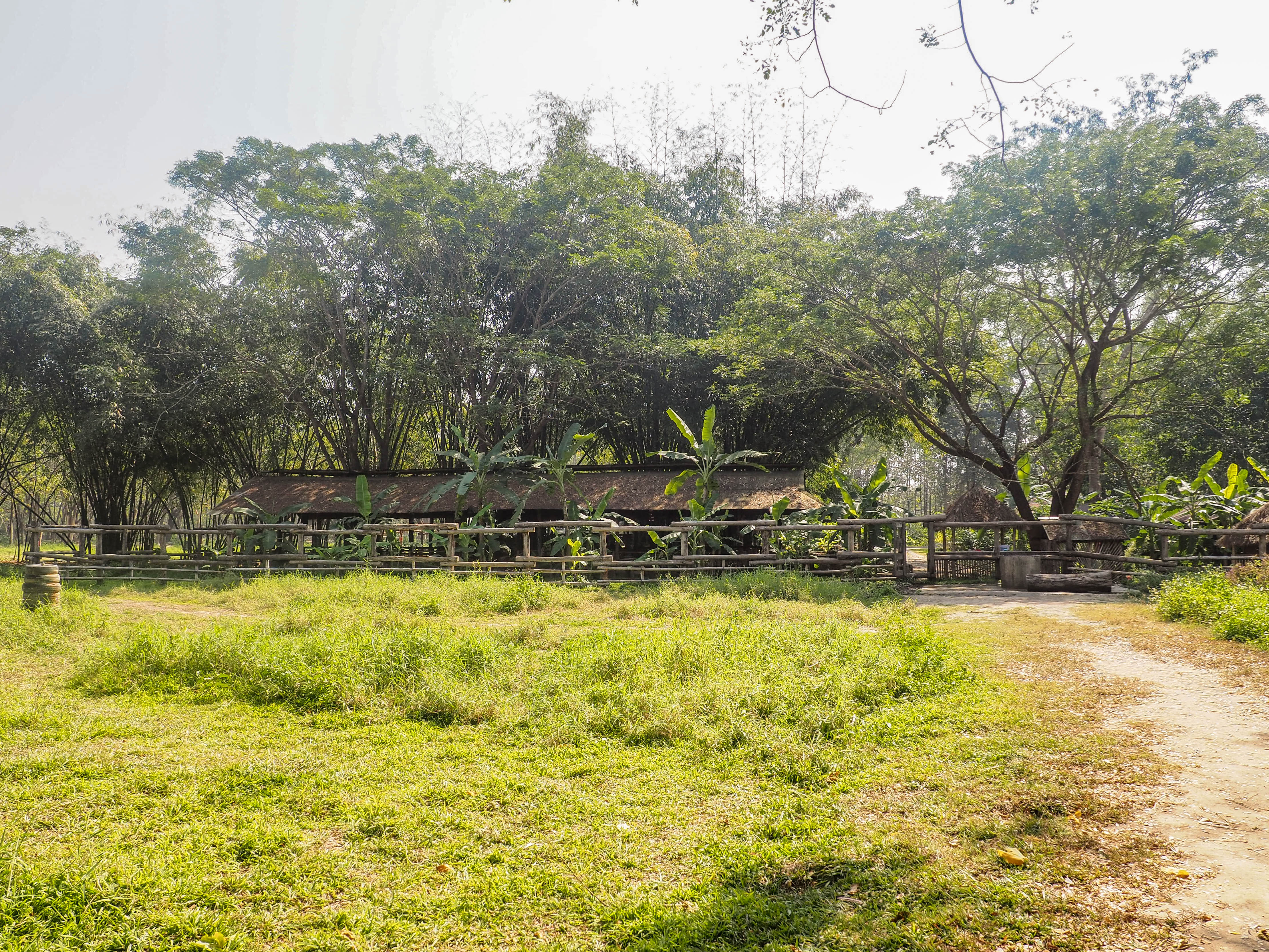
On my visit to Elephant Valley Thailand, I opted for the half-day visit. We got picked up from our hostel in Chiang Rai by taxi a little after 12 PM, that took us there in 10 minutes. The Elephant Valley is located really close to the famous white temple, making it ideal to combine visiting the two. Tip: go independently by bicycle! It’s only about 11 miles (15 kilometres) and they are all flat.
Seconds after arriving at the premises we immediately spotted a few elephants wandering around in the bushes about a hundred meters from us. We got a small tour and got served an incredibly tasty lunch. Good cooking, great flavours. After lunch, it was time to observe the elephants from a smaller distance. One of the volunteers walked with us and opened the gates to the main area where the elephants are. Depending on where the elephants are at you walk around and observe them in their natural habitat. There are a couple of ‘high points’ which you can climb if the elephants get to close.
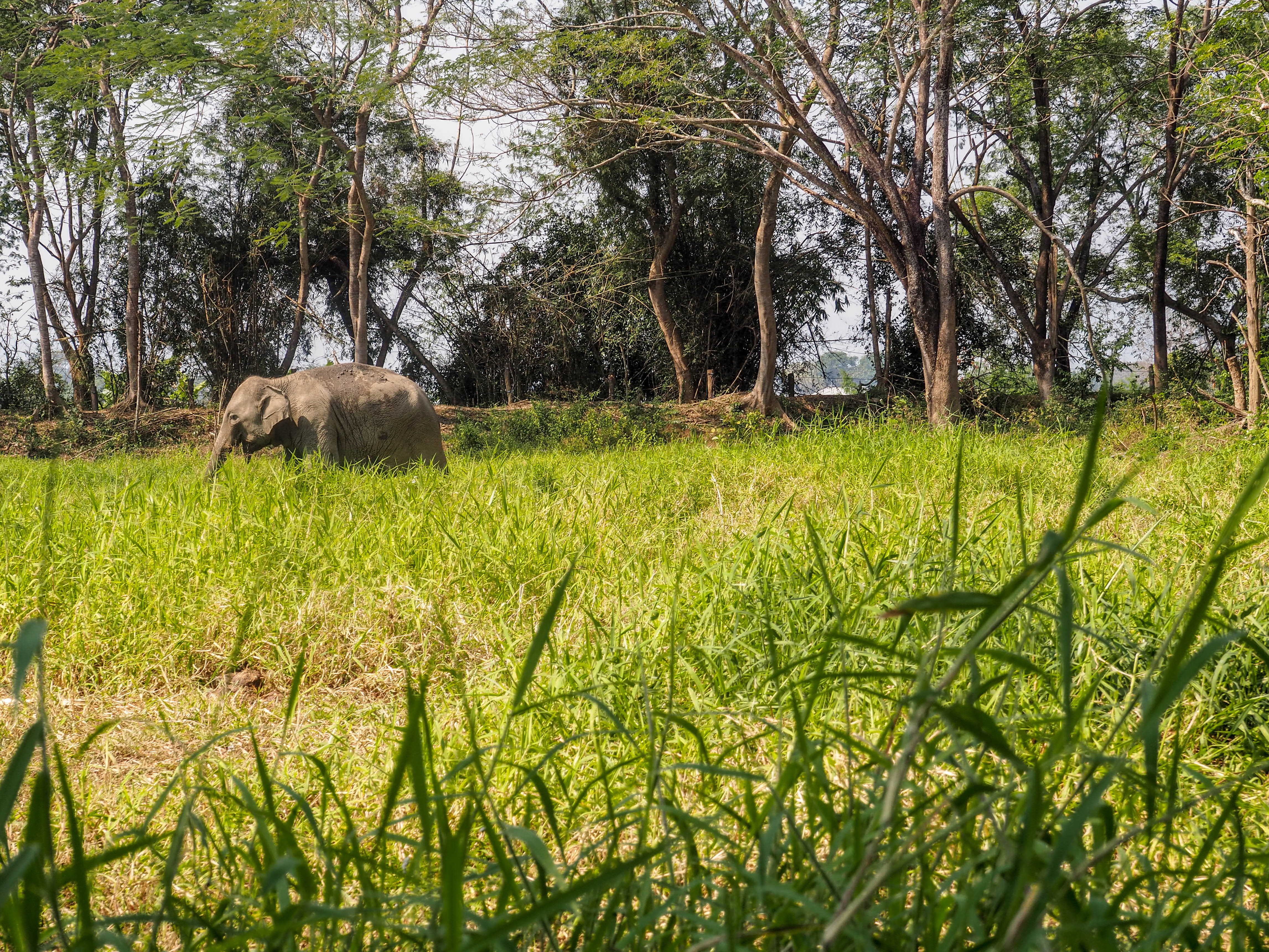
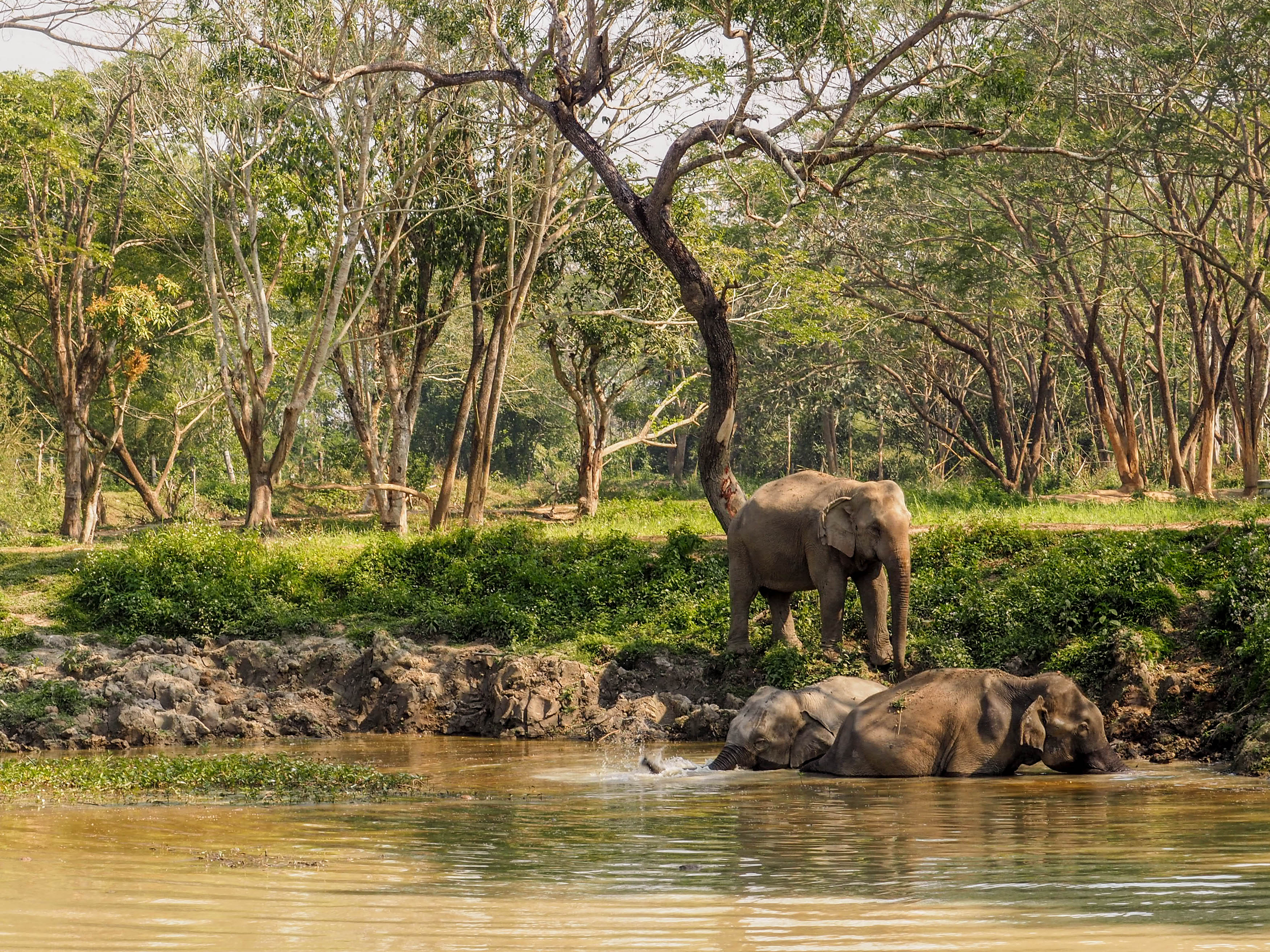
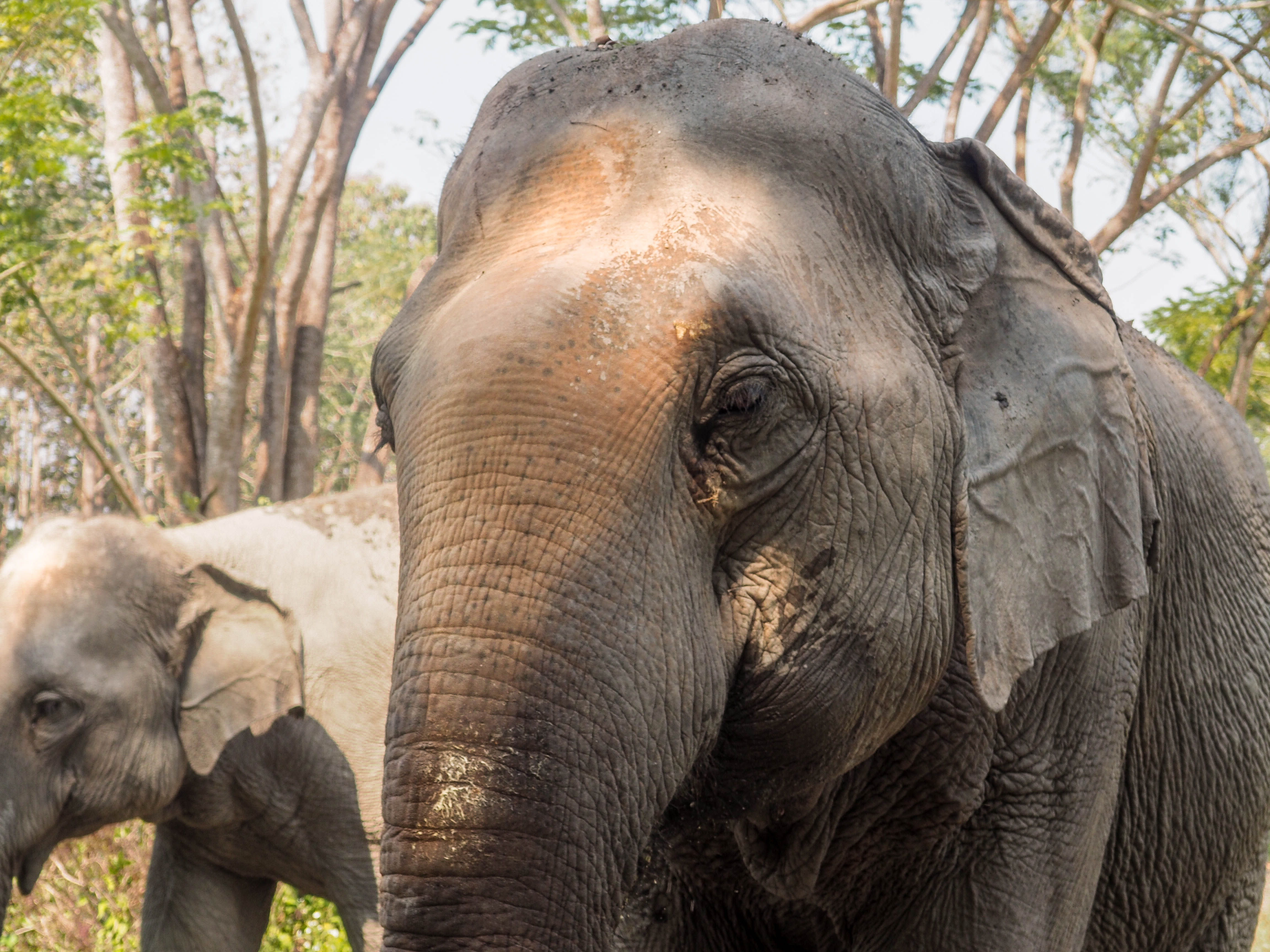
During the walk, the volunteers and rangers explain all about the elephants, and about the conservation programme in general. The whole visit is quite relaxed and you can take as much time as you want on the premises. At around 4 PM the elephants get washed by the Mahouts, which can be observed from a small distance. Afterwards it is time to assist with the feeding. Even though there will be a fence between you and the elephants, this is where you get up close and personal.
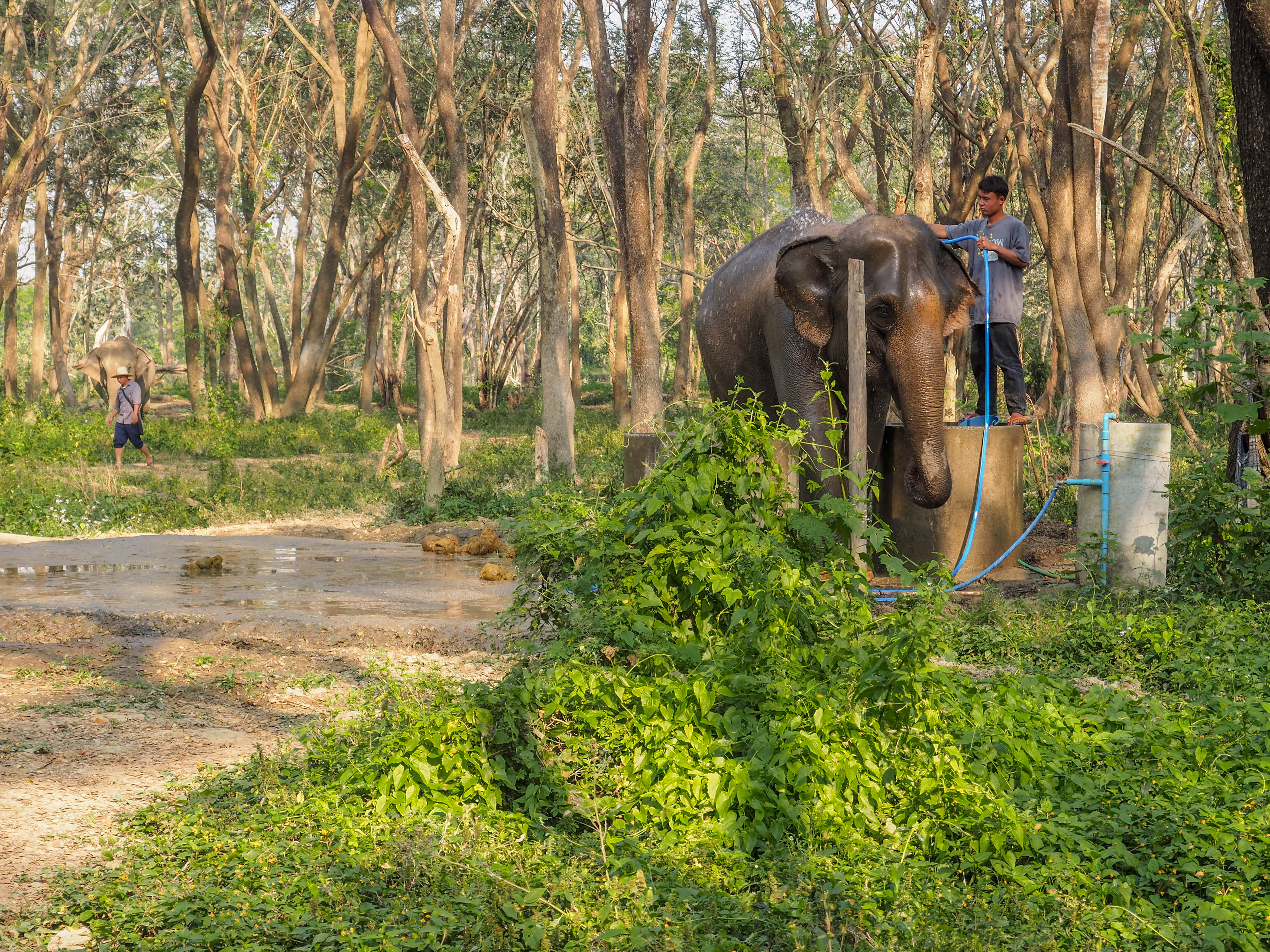
Most days Jack will be on the premises to personally talk about and explain the project. A little before sundown he drove me back to the Chiang Rai where we got dropped off at the night market. A great experience, and probably the most ethical way to get your Thai elephant encounter. It sets you back 1600 baht, of which half goes to wild elephant conservation. The other half goes to maintaining the sanctuary.
Visiting an elephant sanctuary is not something you should skip on a visit to Thailand. I would strongly recommend Elephant Valley Thailand, but whichever you choose, you will not be disappointed.
Taking the slowboat from Thailand to Laos
Undoubtedly the most adventurous way to travel from Thailand to Laos is by taking the slowboat. For two days you’ll be bobbing around at the mercy of the mighty Mekong river that meanders through the whole of Laos. It’s gonna be chaos, It’s not gonna be uncomfortable and it is definitely not speedy. But the spectacular scenery and social vibes on the vessel make it all the more worthwhile. If you are looking for adventure, there is no better way of crossing the border than by taking the slow boat.
– Practical information –
What to take
In addition to your normal luggage, You need a portrait picture for your Laos-VISA, your Thai departure card and a warm vest/jacket to wear on the morning of the second day. Make sure you have it on you when you get on the boat. I forgot to get mine out of my big backpack (that get’s stored in the hull of the boat) and had to curl up like a little baby on my bench. Shivering under my paper-thin sarong, my fellow travelers who – of course – had not forgotten to put on a jacket happily mocked me and felt snug and comfortable.
Costs
The whole trip costs about 1600 Baht if you book it upfront, a little less if you do it individually. Add 30/35 USD for your VISA + 50-100k kip for a night at a guesthouse in Pak Beng. They are all shitty but hey, the classic Asian ‘shower-right-above-the-toilet bathroom’, is a must-try experience on its own. Bring a couple of dollars/baht extra for random nonsense charges like ‘overtime charge’ or ‘excess luggage charge’ at the border.
You can get the USD needed for your Laos VISA in bigger banks in both Chiang Mai as well as Chiang Rai. Alternatively, you can also just exchange your Thai money at the border (at various points). Take into account a 200-300 baht fee for the exchange (they will not tell you this is a fee but simply give you a shitty exchange-rate).
Duration
Two days, depending on your point of departure. The bus leaving at 6:00 AM in Chiang Rai will have you arriving in Luang Prabang around 4:00 PM.
If you leave from Chiang Mai there are some operators that offer a very early rise, stop-by at the white temple in Chiang Rai and still getting on the slow boat to Luang Prabang on the same day. Most operators divide the trip from Chiang Mai up into 3 days, with your first night spend at the border-town Chiang Khong.
Route
If you depart from Pai you will first take the bus to (the outskirts of) Chiang Mai before you drive on to Chiang Rai. From Chiang Mai also pass to Chiang Rai. The prices below are for crossing the border independently without a package deal.
Chiang Rai – Chiang Khong: 2-3 hours (bus – 70 baht)
Chiang Khong (Thailand) – Huay Yai (Laos): 10 minutes (bus crossing the bridge – 20 baht)
Huay Yai border – slow boat pier: 30 minutes (tuk-tuk – around 50K kip)
Huay Yai pier – Pak Beng: 6 hours (slow boat – 1000 baht at the pier/1300 baht at the border)
Pak Beng – Luang Prabang pier: 7 hours (slow boat)
Luang Prabang pier – Luang Prabang center: 10 minutes (tuk-tuk – 20K kip not included in a package deal)
– Crossing the border –
Think twice before you decide you want to cross the border and take the slow boat independently. It will hardly save you any money, is a lot more hassle and will most probably cost you an extra day. This is because it will be a challenge to be at the pier at 11:45 AM when the daily slow boat departs for Pak Beng. If you are traveling with anything breakable or valuable, either keep it on you in your hand luggage or wrap it well in your big bag. Your backpack is going to be tossed around a lot in the coming days in a not too delicate way.
If you booked a package deal you’ll get picked up at the crack of down from your accommodation in Chiang Rai in a mini-bus. As I only slept for about 5 hours I was looking forward to a bit of a snooze in the bus to the border but alas. Not only was the vehicle packed and were the seats Asian-sized, the chairs lacked headrests which meant no sleeping for me.

You’ll get to the border in about 2-3 hours depending on traffic (I had no delay). Here you get off the bus and go through customs – leaving Thailand. Make sure you got your departure card!. When you’ve passed through customs – there is no real check on anything – you have to take a shuttle to cross the Thai-Lao friendship bridge. Crossing the river means crossing the border. Yay! You are now in Laos! After a short ride, you arrive at the customs where you get your VISA. You have to fill out a form and head over to office nr. 1 where you hand over your form, photo and the dollars for the VISA, which you get back at office nr. 2. With your VISA on hand, you hop on a tuk-tuk to the pier. Make sure your tuk-tuk is actually going to the pier and not the bus terminal. I had to switch tuk-tuks a couple of times since there was some confusion before we left.

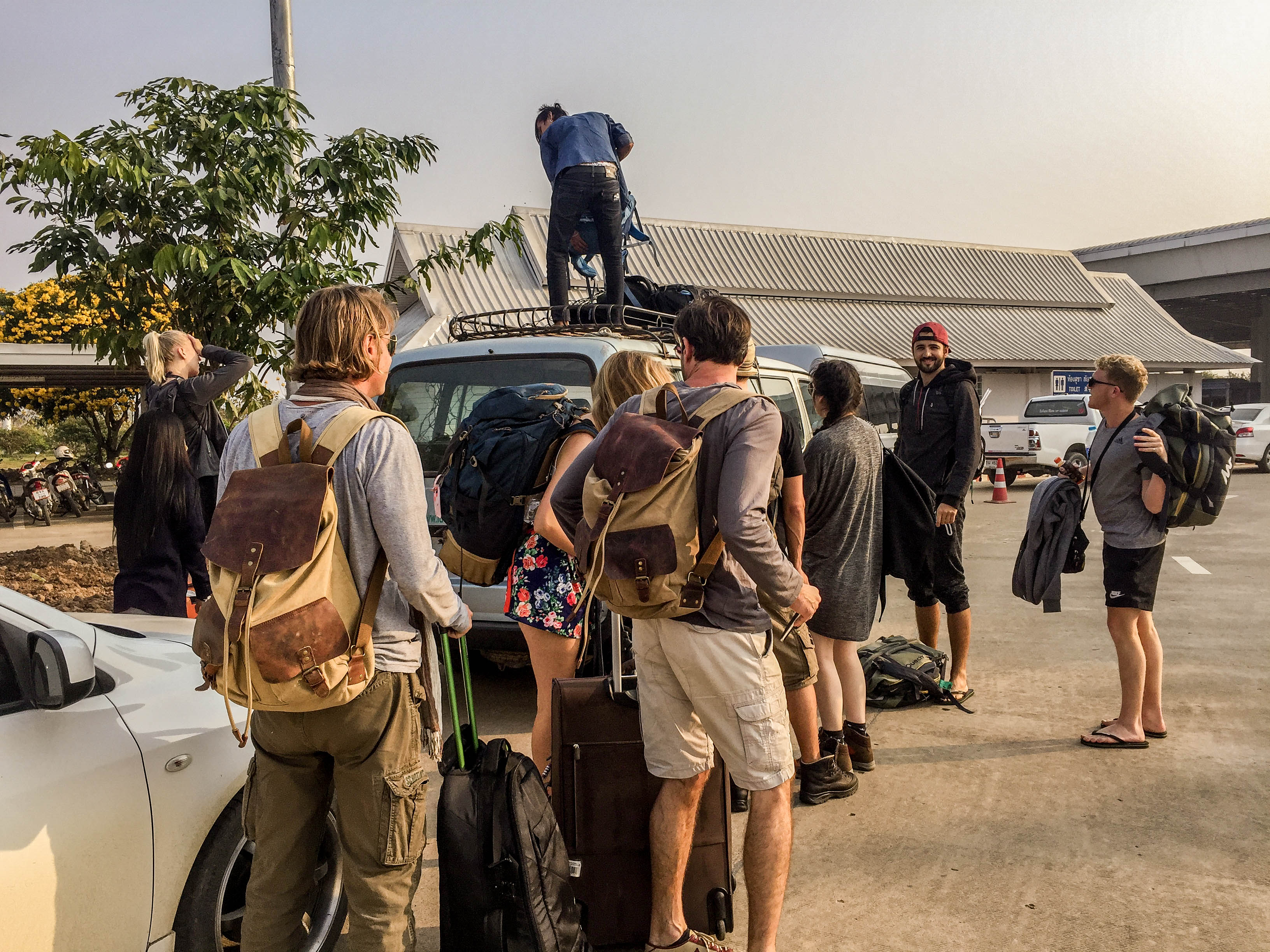




Twenty or maybe thirty minutes later you’ll be dropped off at a shop close to the pier where your ‘tour-guide’ (this would be the first and last moment I actually saw my tour-guide, nor did I knew or was expecting that there would be one in the first place) tells you to stock up on supplies and book accommodation for Pak Beng. He’ll tell you the boat will arrive late in Pak Beng and that you should really book now. Kindly decline both buying food and booking accommodation – you’ll get a way better deal when you arrive in Pak Beng. Food and drinks can be purchased at the pier as well. Beer and snack are available on the boat as well, albeit at inflated prices. Prices at the boat are similar to what they charge you at the office-shop however so I really see no reason why you should stock up there. I – of course – fell into this little scam. I bought a couple of beers and the most disappointing sandwich in Laos and was drinking my luke-warm canned beer for the same price as crisp and cold bottled beer purchased at the boat itself.
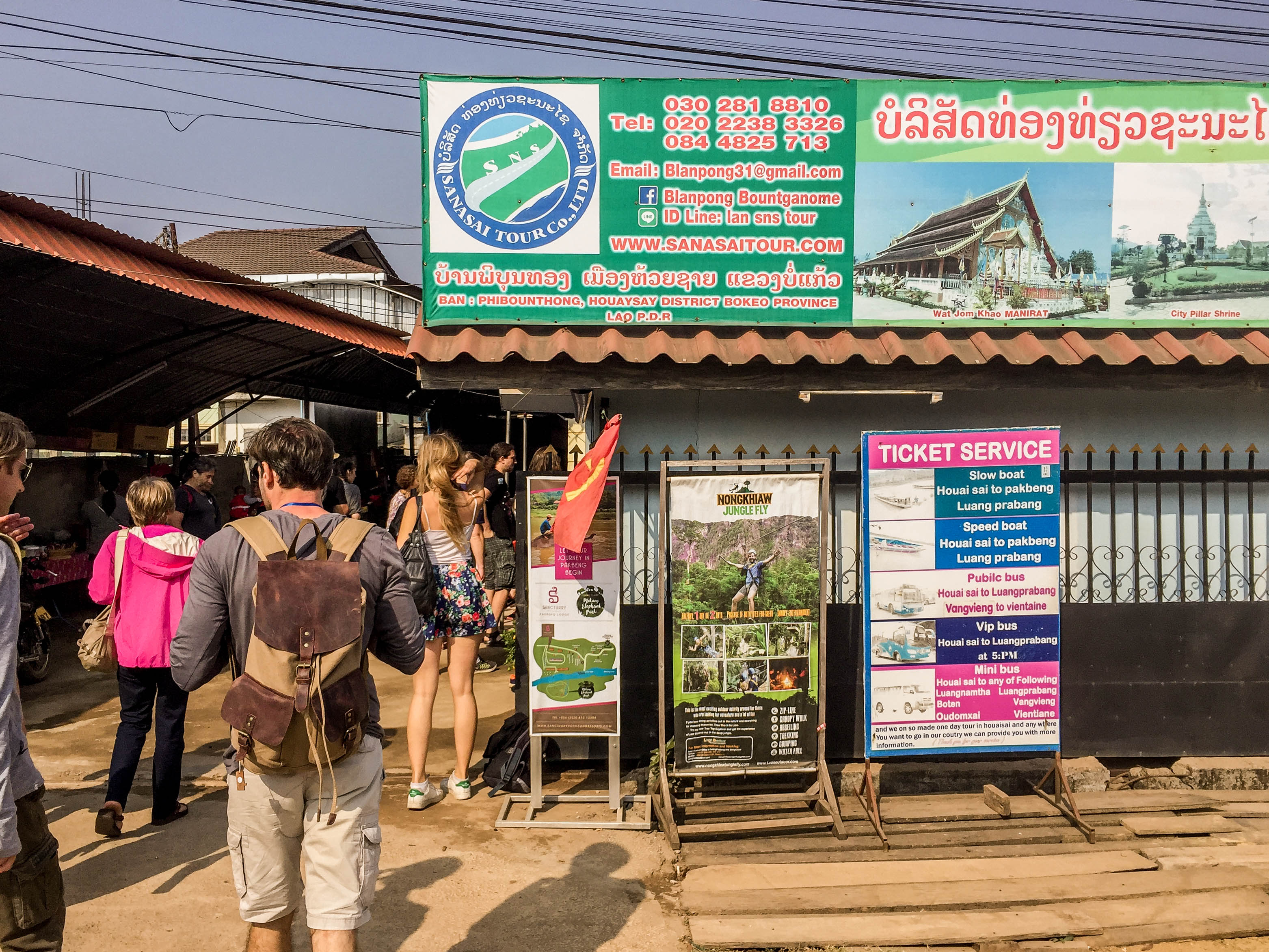
– The slow boat to Luang Prabang –
Day one
When you arrive at the pier you’ll see the boat docked and most probably it is already packed. I hopped on believing I got the last seats – but then there arrived another bus. And another one. and a few more. And some minibusses. And a couple of tuk-tuks. Even though the boat was already packed they kept on loading more and more people on. Chaos started to break out in some families. Sweating parents – crying kids. The expression on the faces of people lined up to get onto an already packed boat – priceless. The expression on the faces of the boat-workers ensured me that this is the norm. So do not stress out and just enjoy the show.
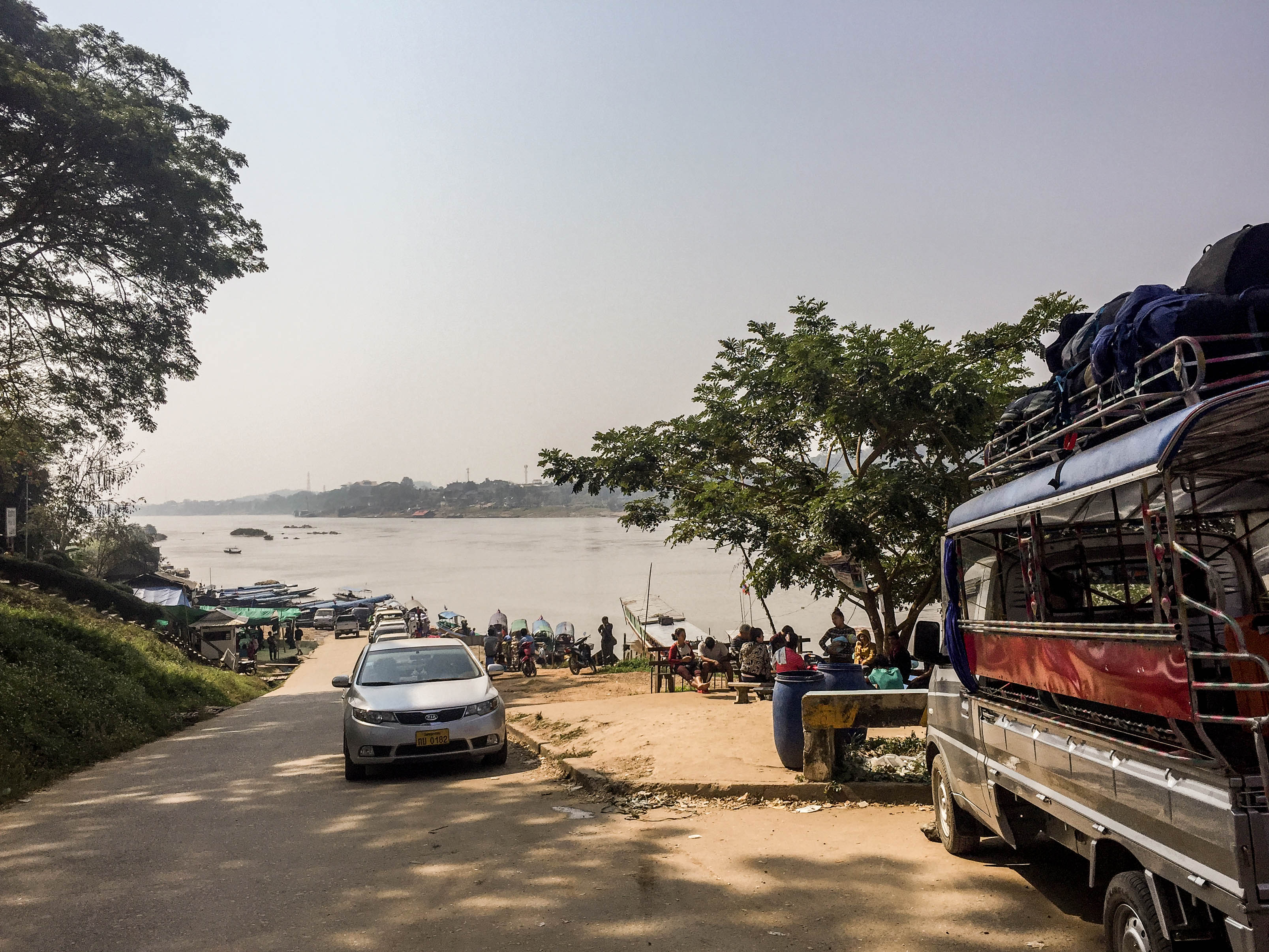

Do make sure you are not one of the last 30-50 people to get on the boat. The last seats are in the engine room and your ride will be dreadful. The sound of the engine will have your head spinning for days and the petrol-fumes will make you feel nauseous – and probably aren’t that healthy either.
When the boat departs instantly the whole ride gets more enjoyable. All seats in the boat are just loose bus-seats that can be turned around to form little get-togethers. People play cards, chat with each other and take in the spectacular scenery.
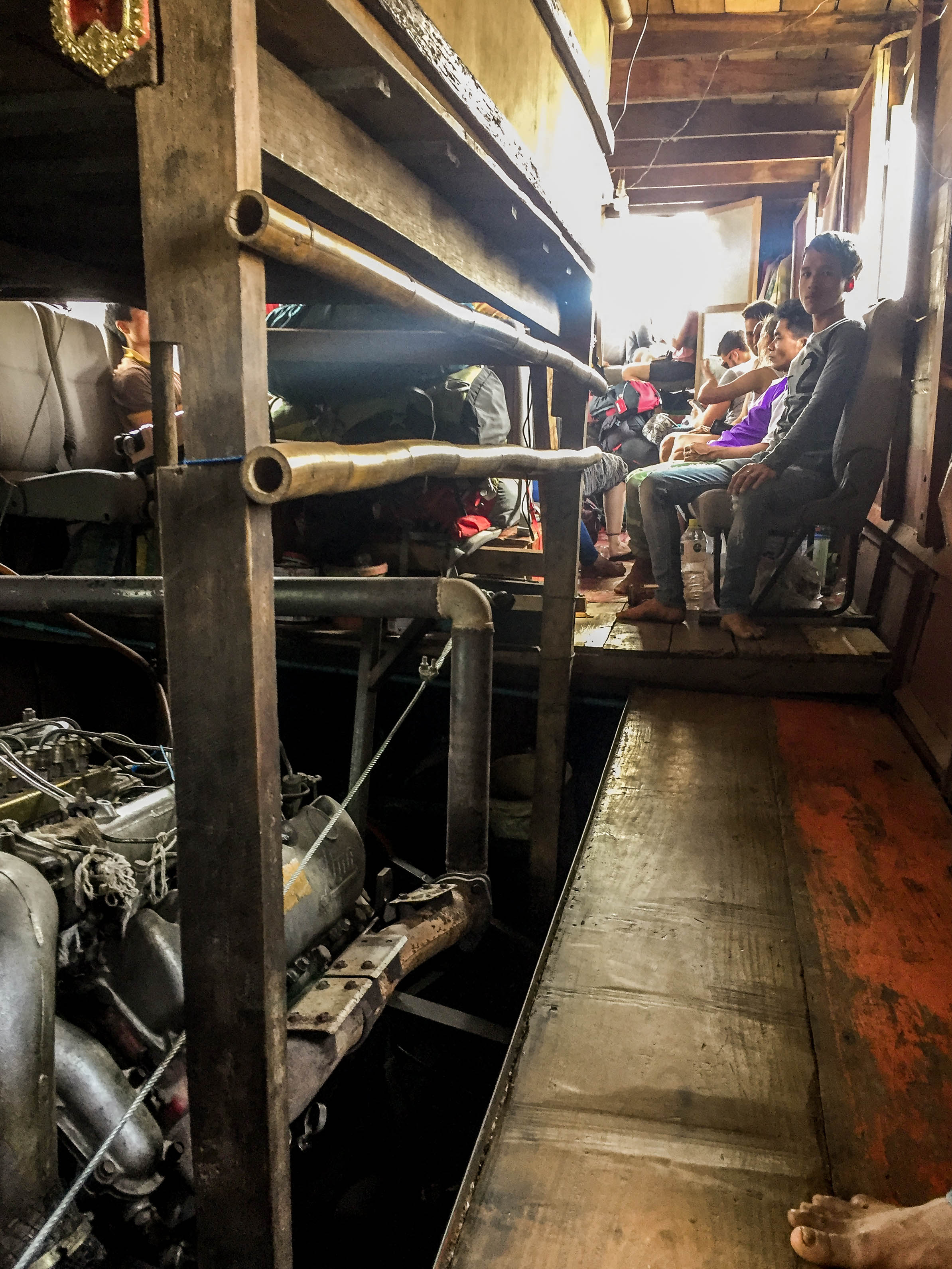
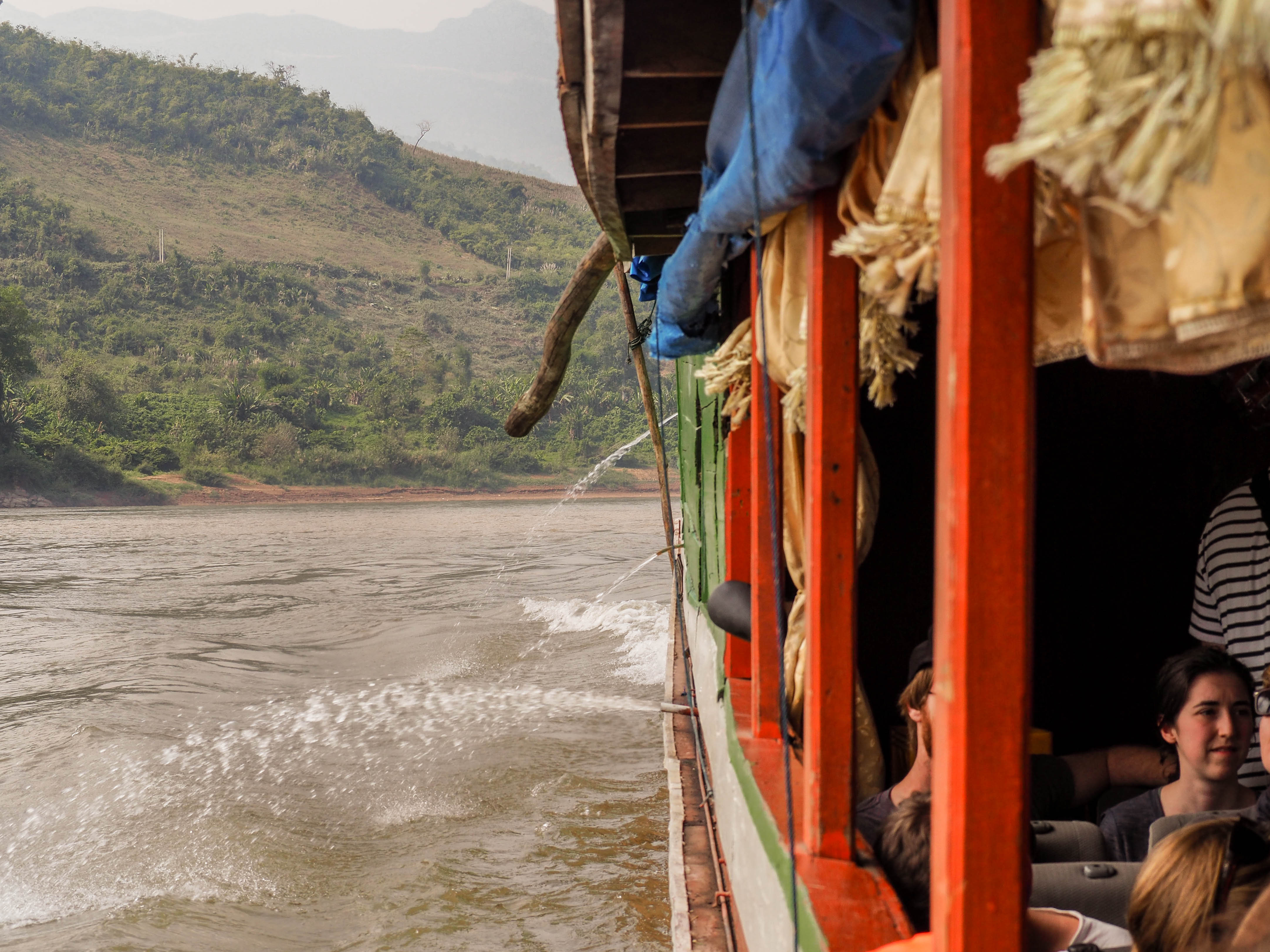
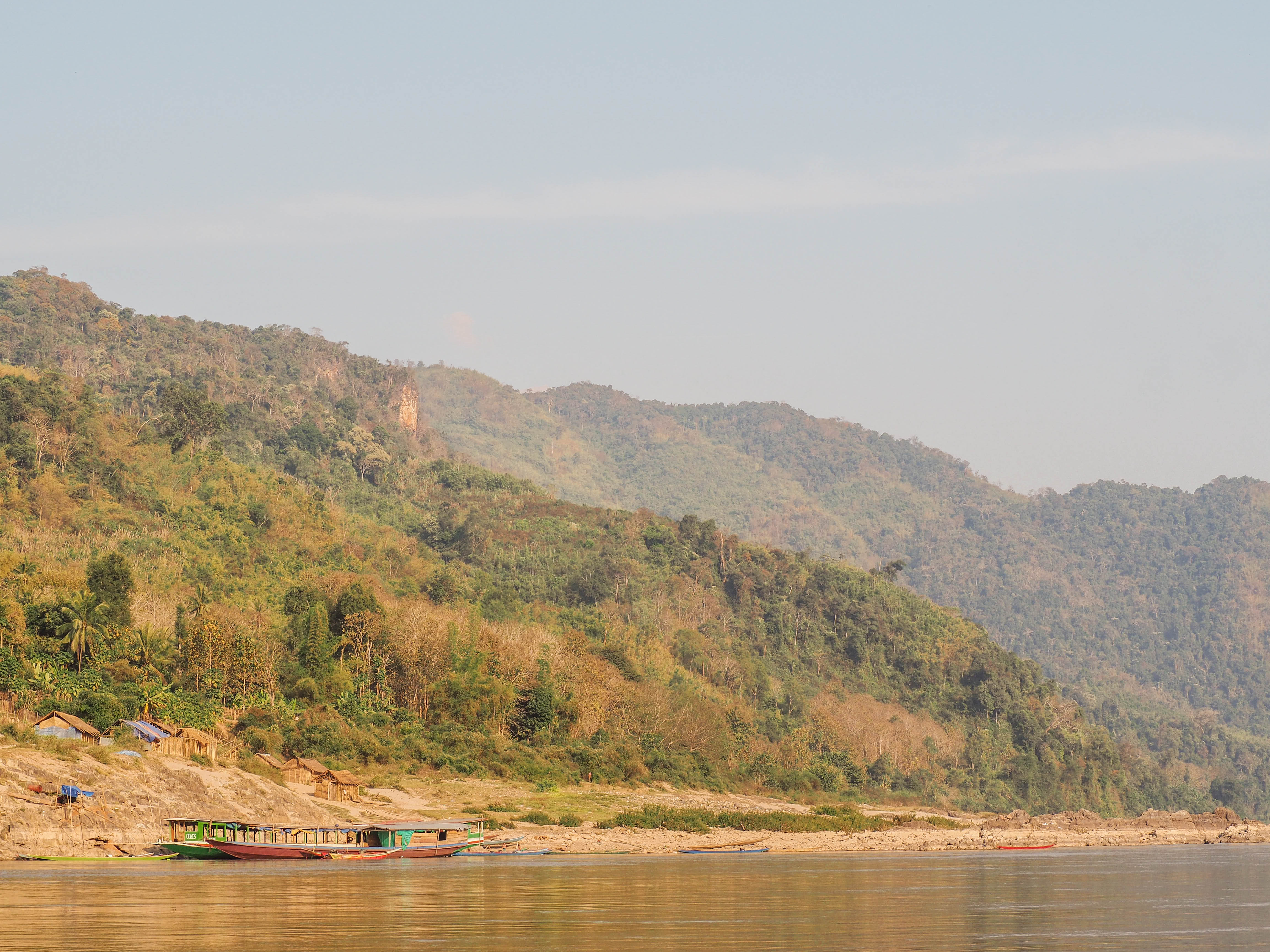
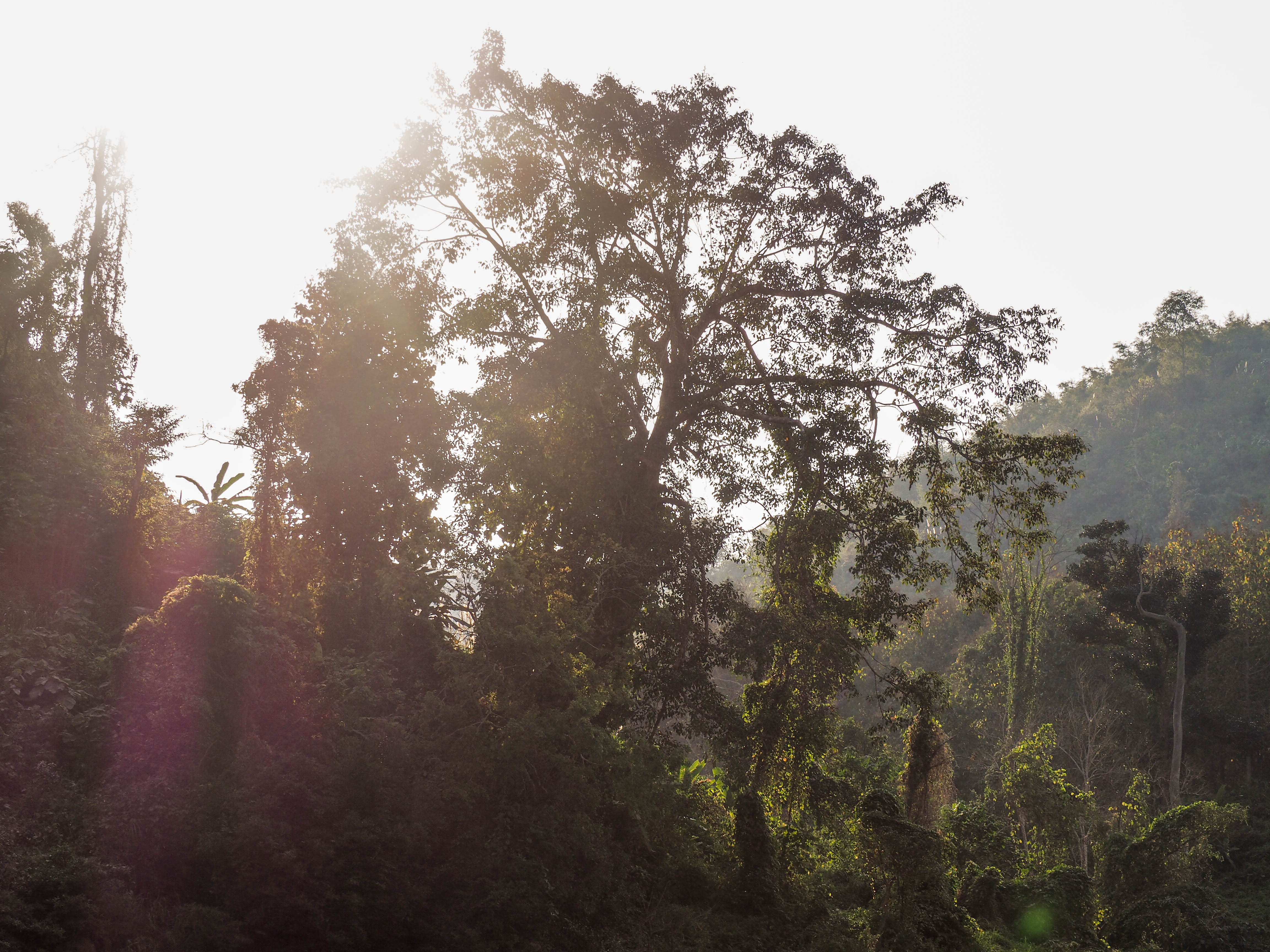
Pak Beng
At around 5:30 PM you’ll arrive in Pak Beng, where you can immediately arrange for accommodation at the pier. Expect shitty fan-rooms with gecko’s on the walls and cockroaches in the bathroom. If you want something more luxurious – opt for the eco-friendly the Sanctuary Pak Beng Lodge with beautiful and clean rooms and a killer view overlooking the Mekong River from its restaurant.
After dinner, all travelers that are looking for some social interaction gather at either Happy Bar or the Hive Bar, where drinks are served and tunes are pumped well over midnight.
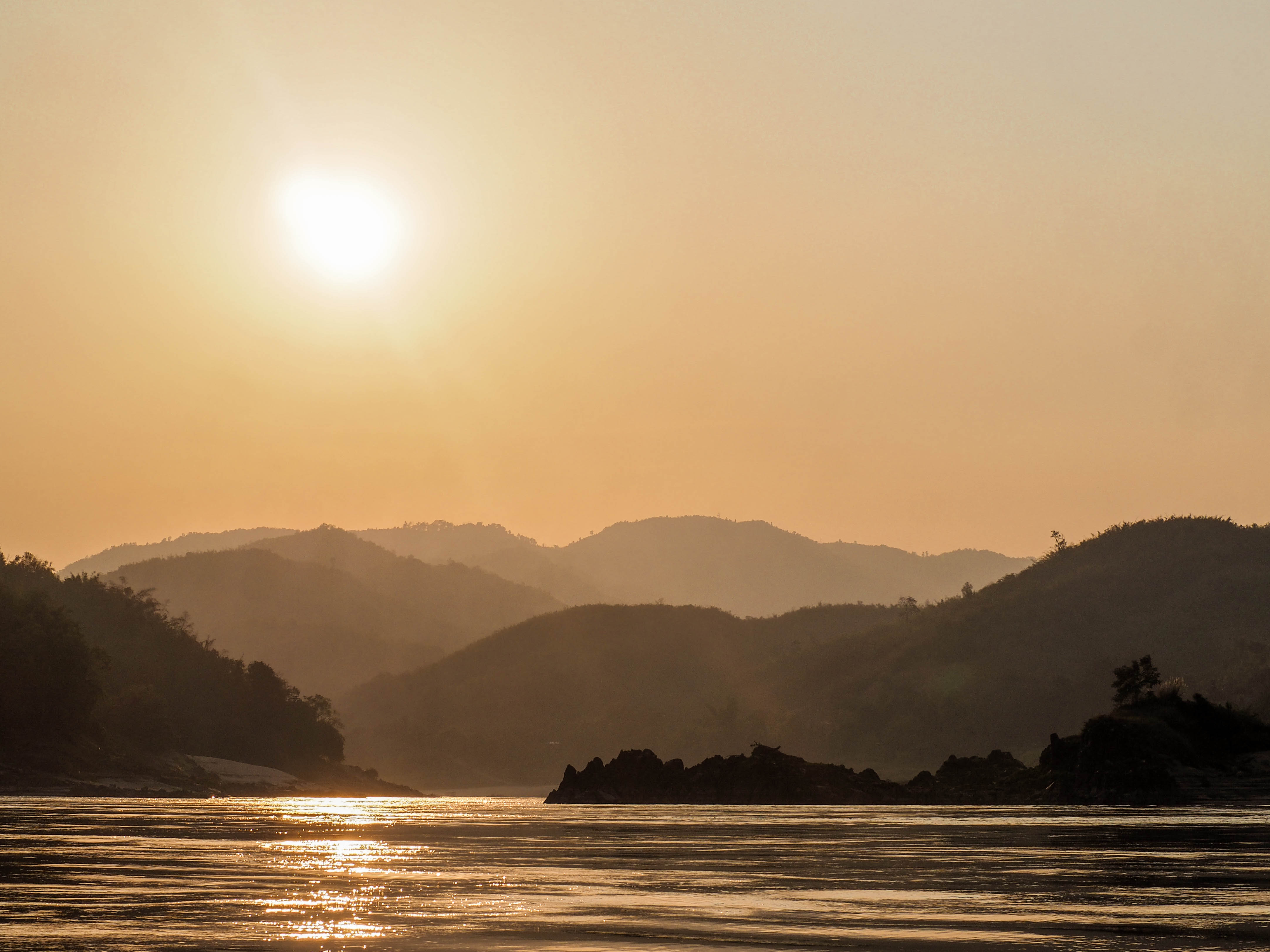
Day two
The next morning the boat to Luang Prabang leaves at around 09:00 AM. Most people – especially those who spent their first day in the engine room – will arrive early and the boat will most probably fill up before 08:30 AM. Luckily this time everybody is divided up over 3 boats that are both more comfortable and more spacious. I have no clue why these boats aren’t used for the first lap but I can image it is because shallower water does not allow for the big boat to go to Luang Prabang. Obviously the smaller, more comfortable boats are more costly for the operators. Either way, this part of the trip is more relax and enjoyable. In my experience, people are also a bit less social most probably because they are no longer cramped together with 10 people in one square meter.
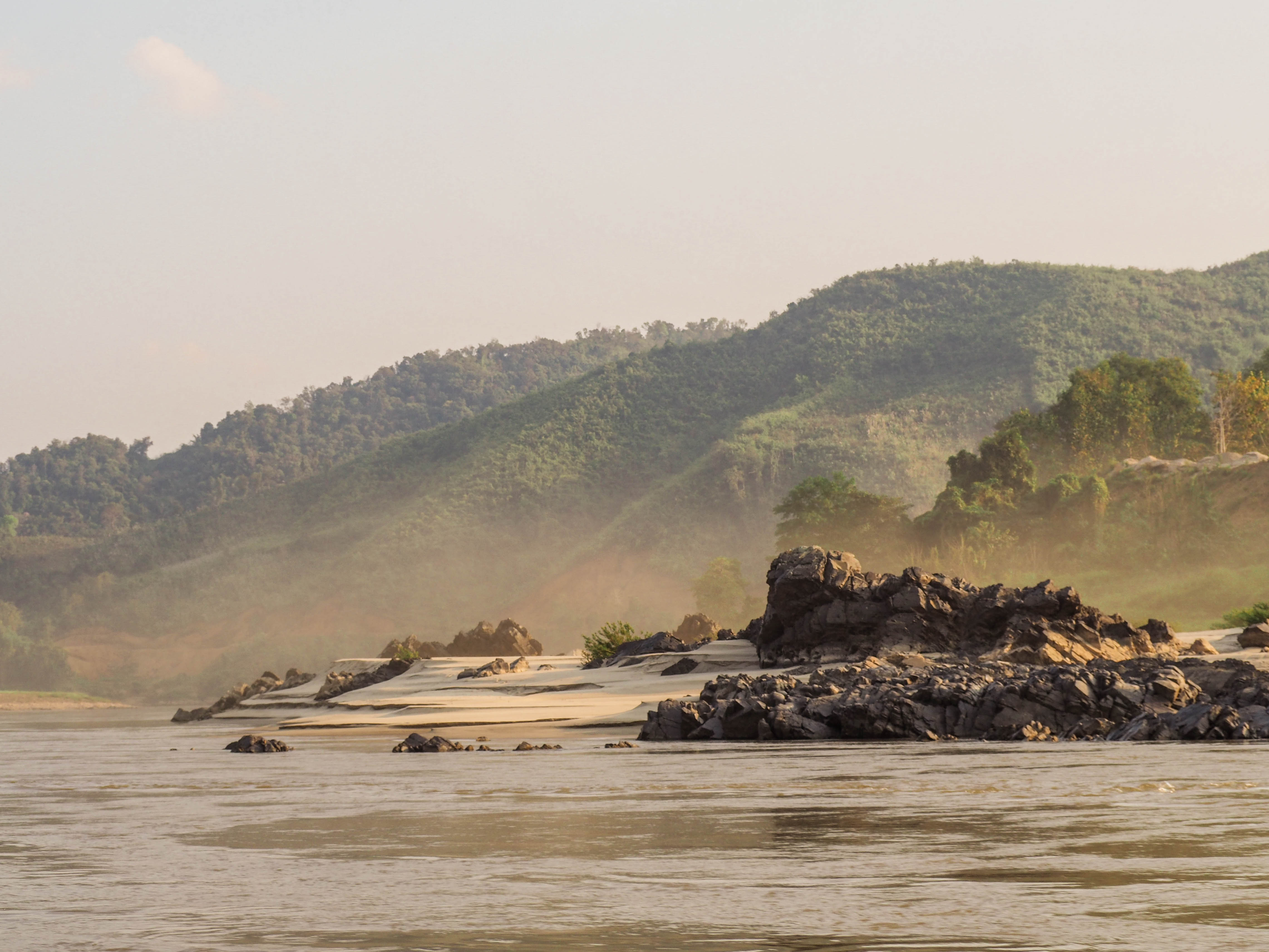
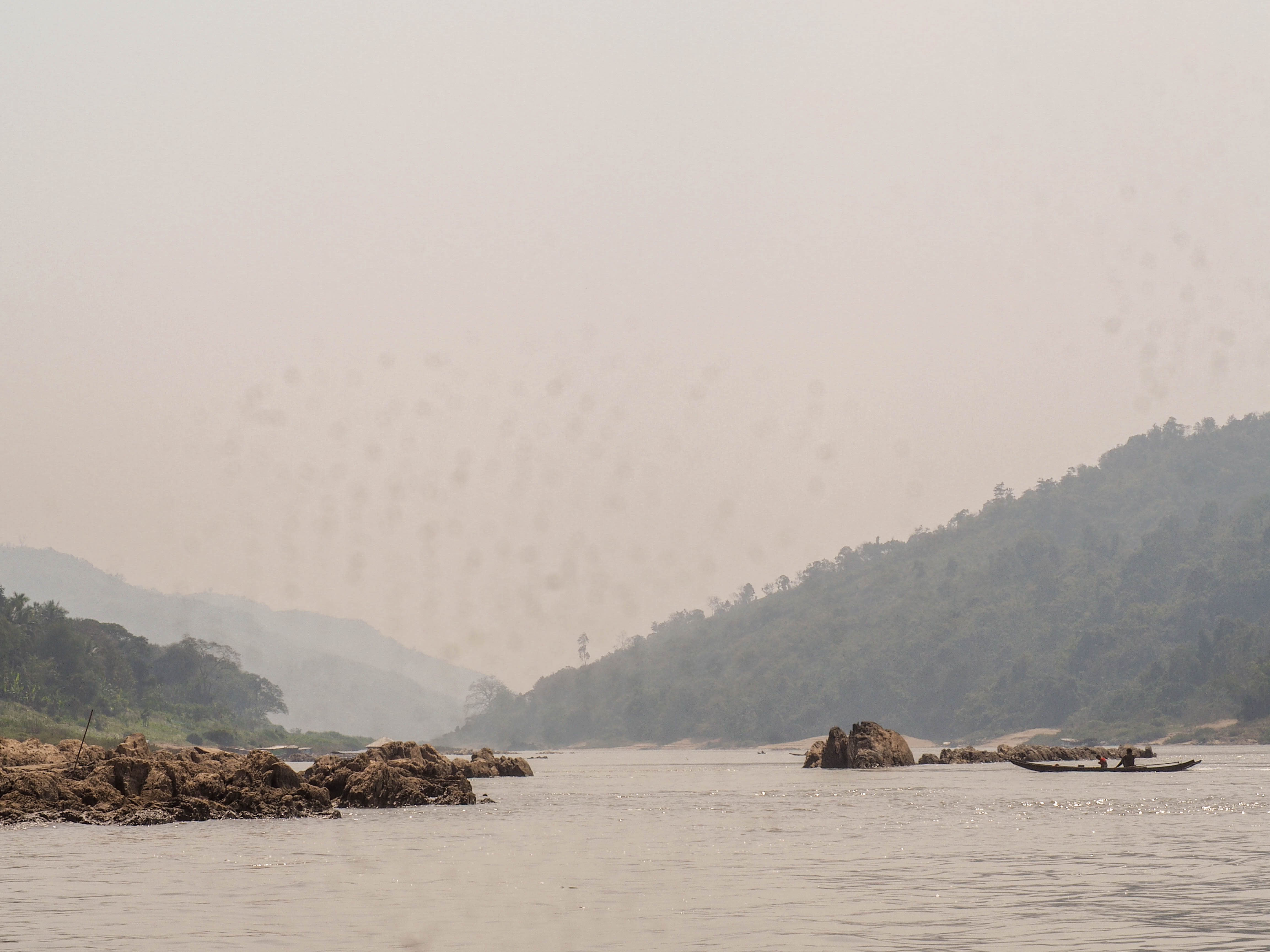
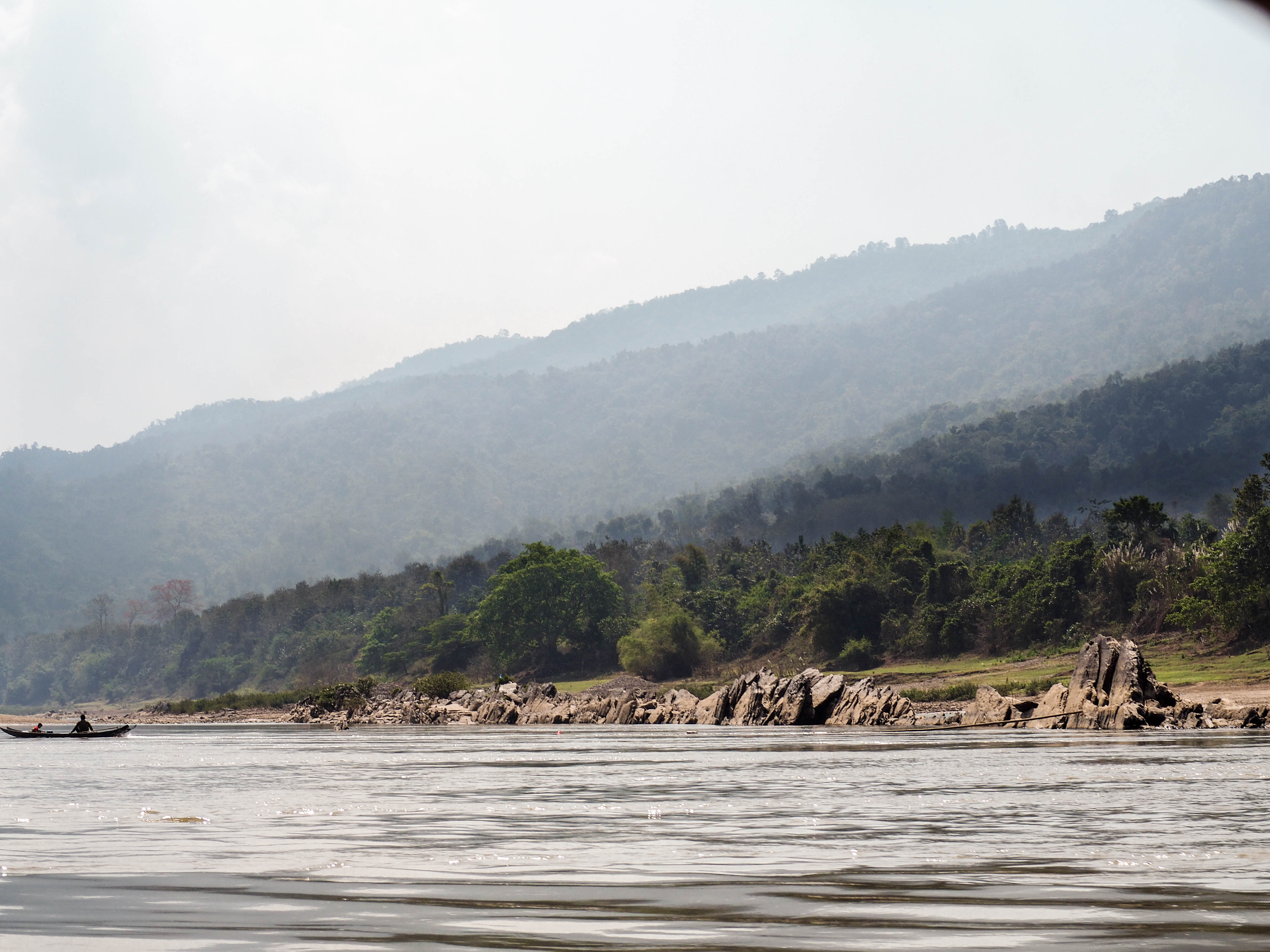
At around 04:00 PM you arrive at the Luang Prabang tourist pier where you have to get off and take a tuk-tuk into town. Here, everybody cues up to buy a ticket (20K kip) into town.
If you gather a large enough group you do not need to buy a ticket and can just arrange for a tuk-tuk to take you to your accommodation straight away – saving you time, hassle, and if you are a good barterer probably a bit of money as well.
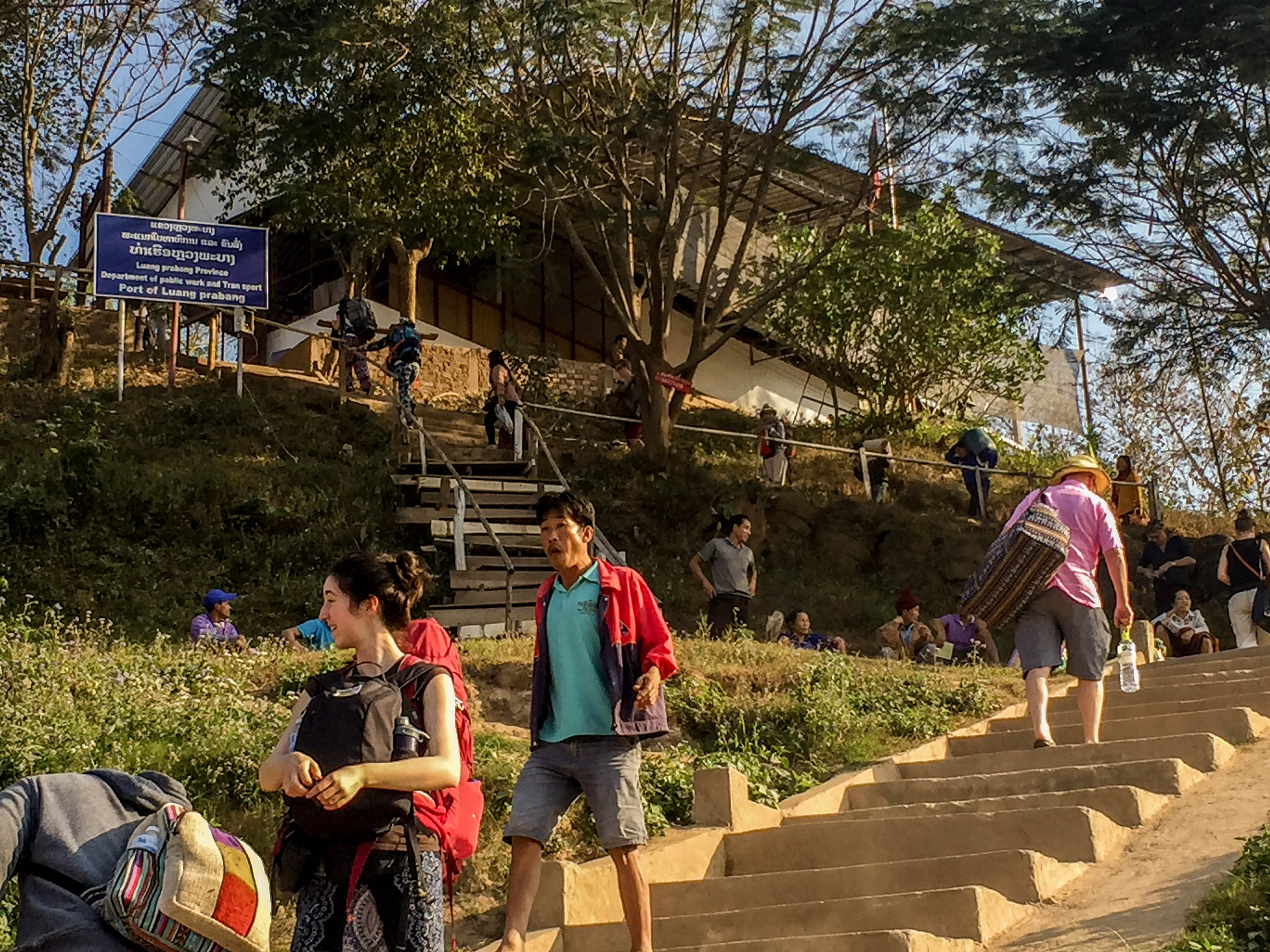
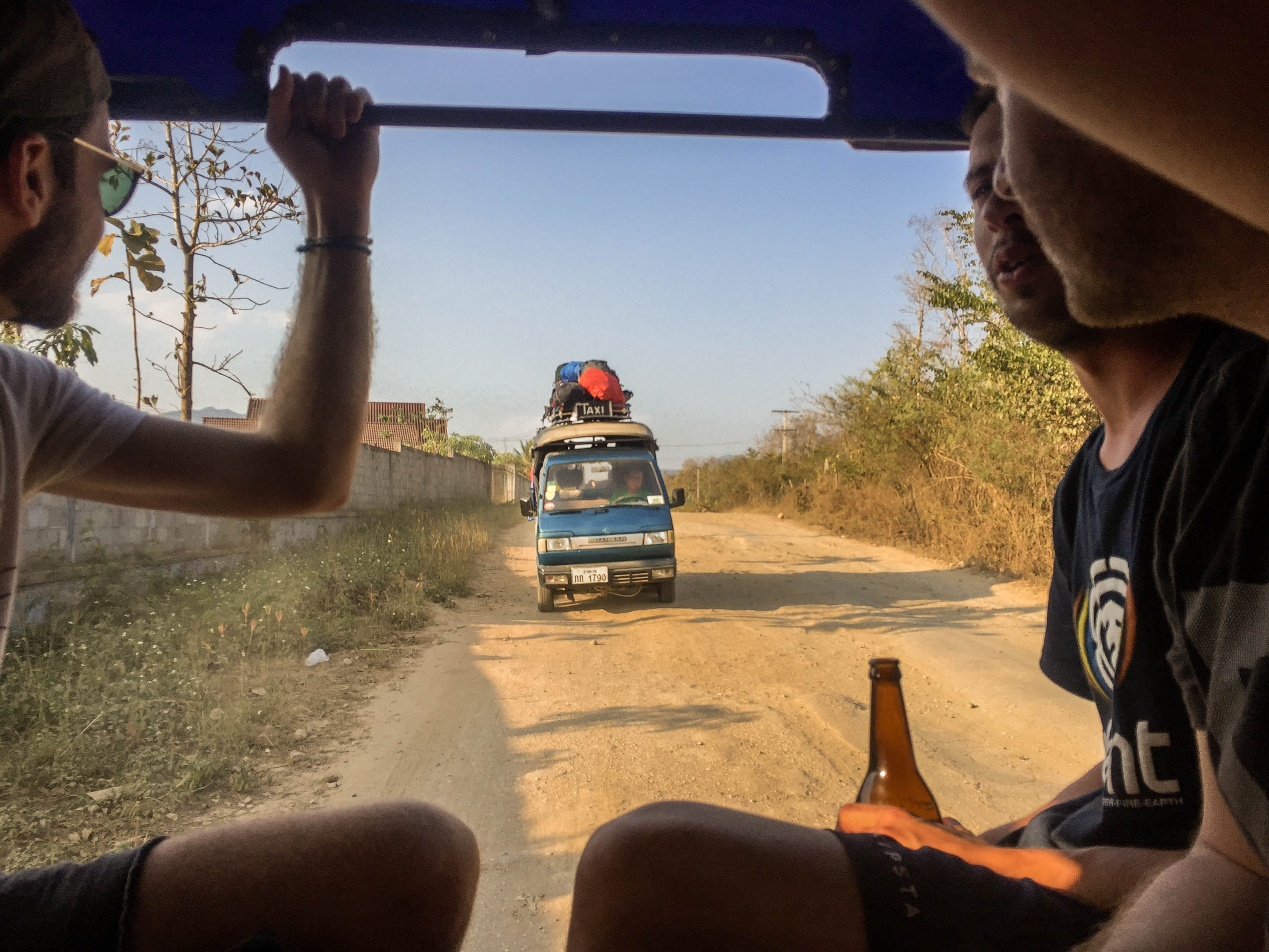
Bangkok’s trendiest neighbourhood: Ari
When people are planning a trip to Bangkok they usually stay in the same areas. Backpackers choose Banglamphu where they can party all night long on the infamous Khao San Road, people with a little more to spend head over to Sukhumvit with its trendy clubs, restaurants, and fancy hotels. Lastly, business travellers opt for the financial district Silom, with even more fancy restaurants and even bigger hotels. But Bangkok’s got more up its sleeve. If you are looking for chill vibes, hip eateries and easy connections to all the highlights the city has got to offer it is worth considering staying in Ari, the hippest ‘up-and-coming’ neighbourhood in Bangkok.
Bangkok to Siem Reap: a border crossing guide from Thailand to Cambodia
If you are traveling the banana-pancake trail, chances are high that you will at one point cross the border between Thailand and Cambodia. When traveling from Thailand to Cambodia, assuming you depart in Bangkok, you have three options: plane, bus or train. While air travel is undoubtedly the fastest and easiest, it is also the most pricey. Also its not really thrilling. Traveling by road will be slow. A bit tricky at times and definitely uncomfortable at moments. BUT it is cheap and adventurous. If you follow the tips in this border crossing guide, there is really no way why going from Bangkok to Siem Reap should not be a breeze.
Continue reading “Bangkok to Siem Reap: a border crossing guide from Thailand to Cambodia”


